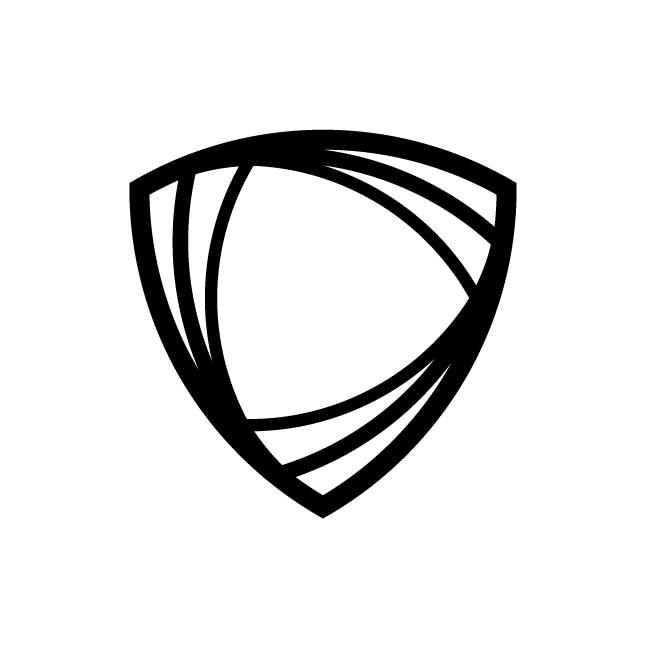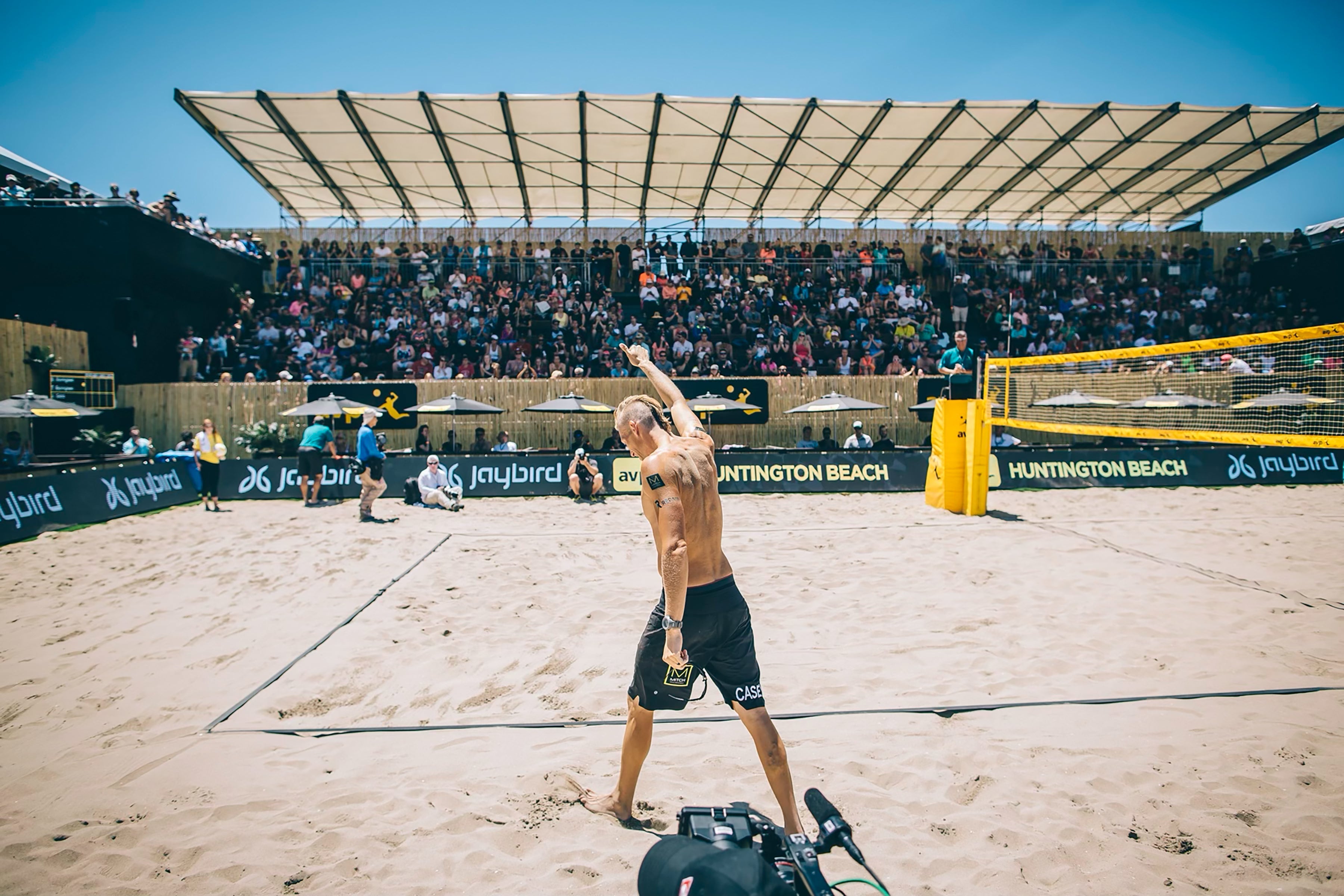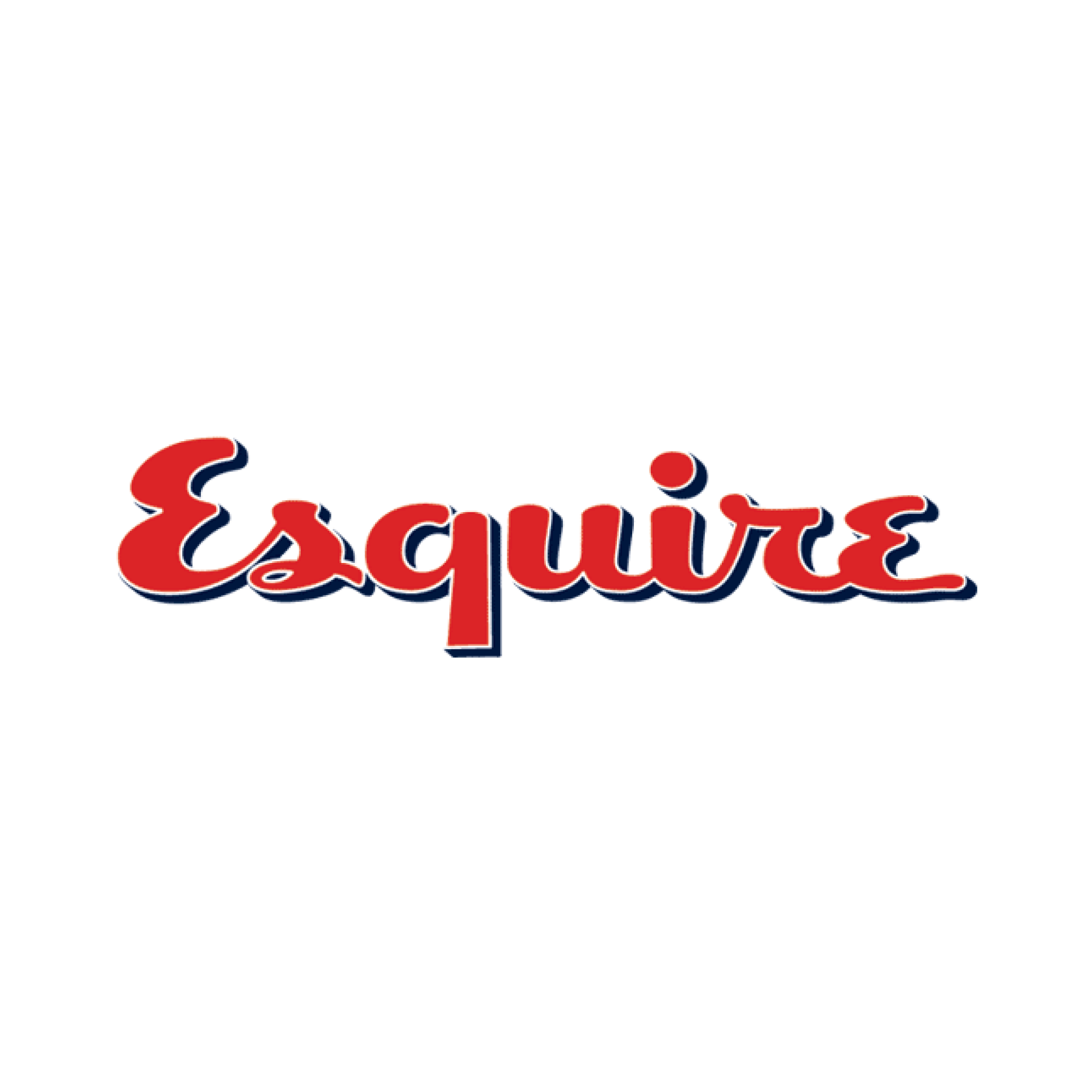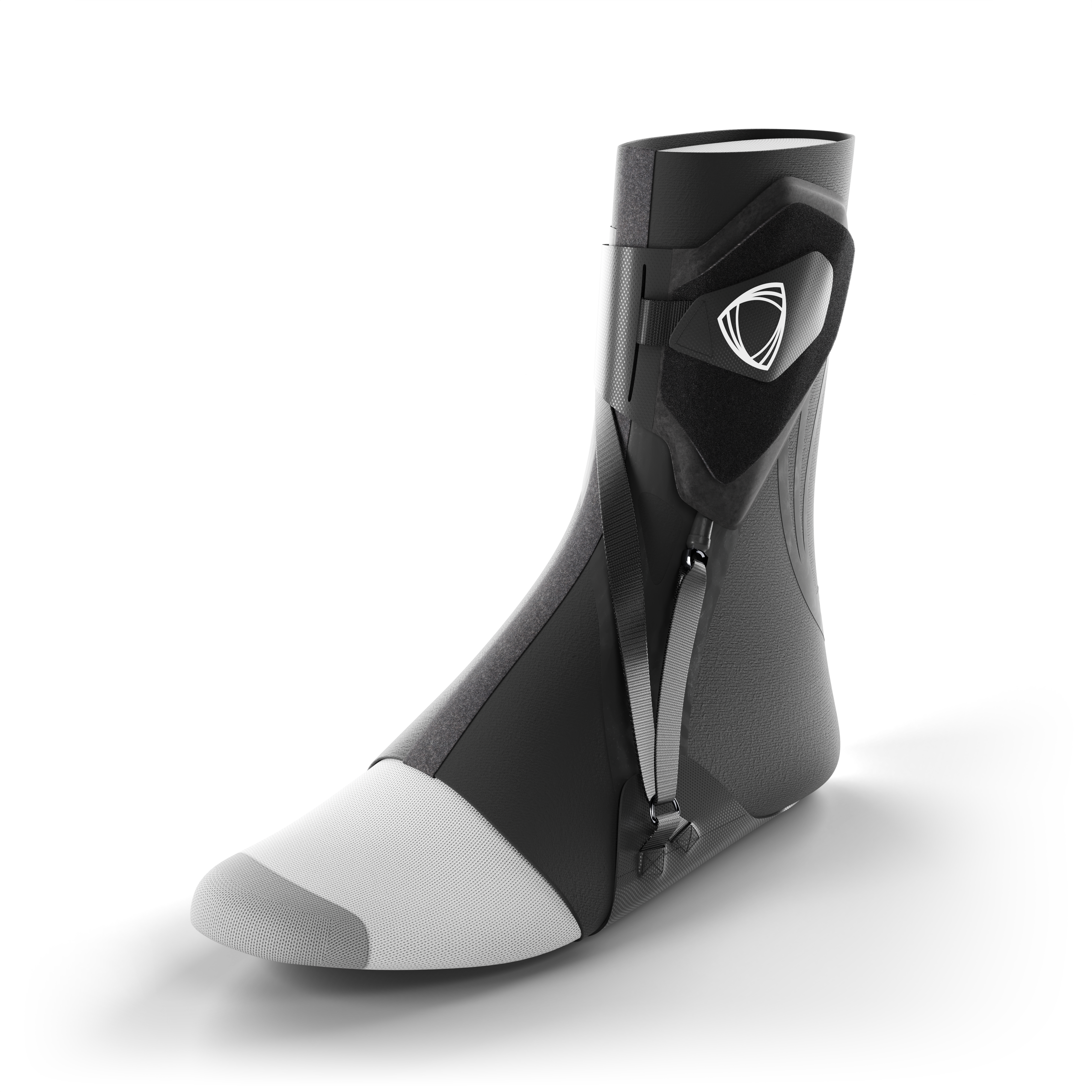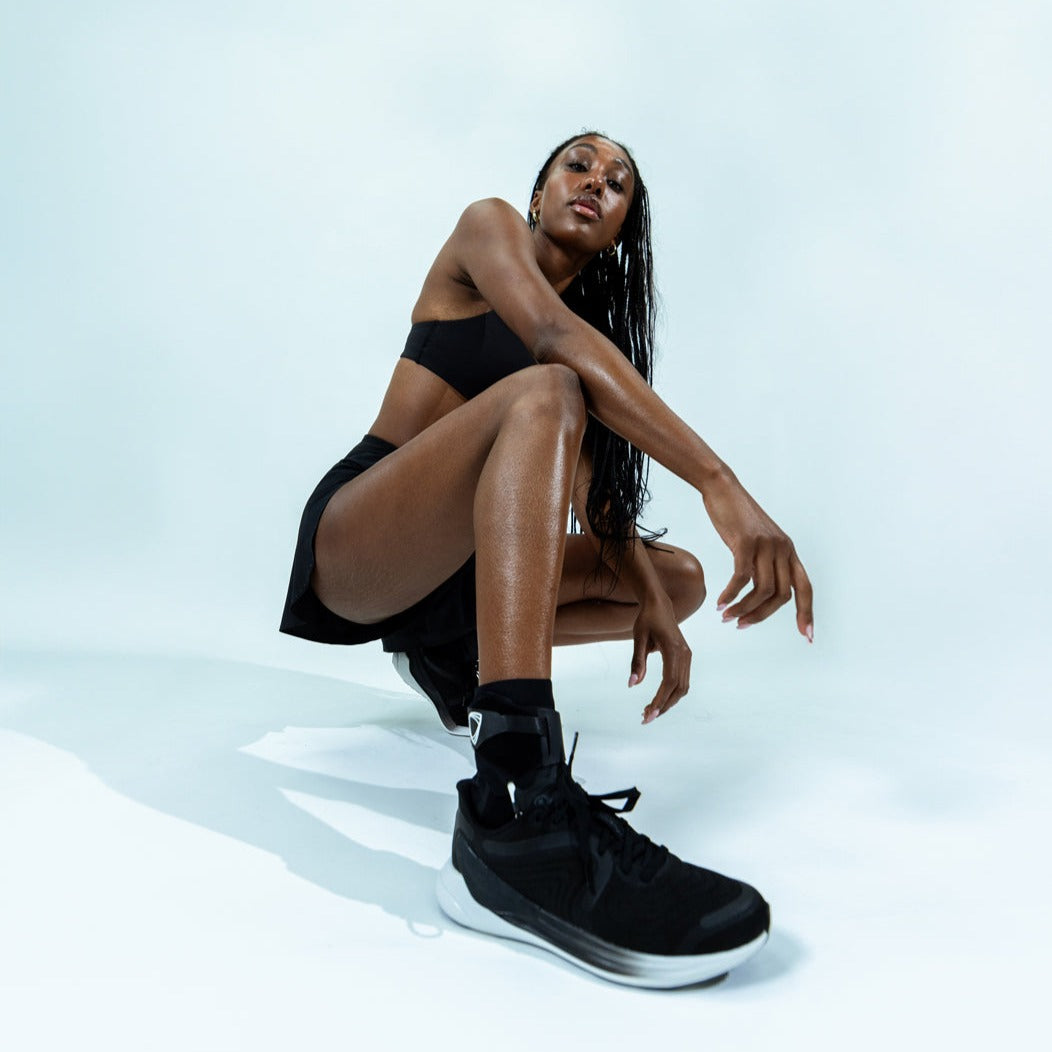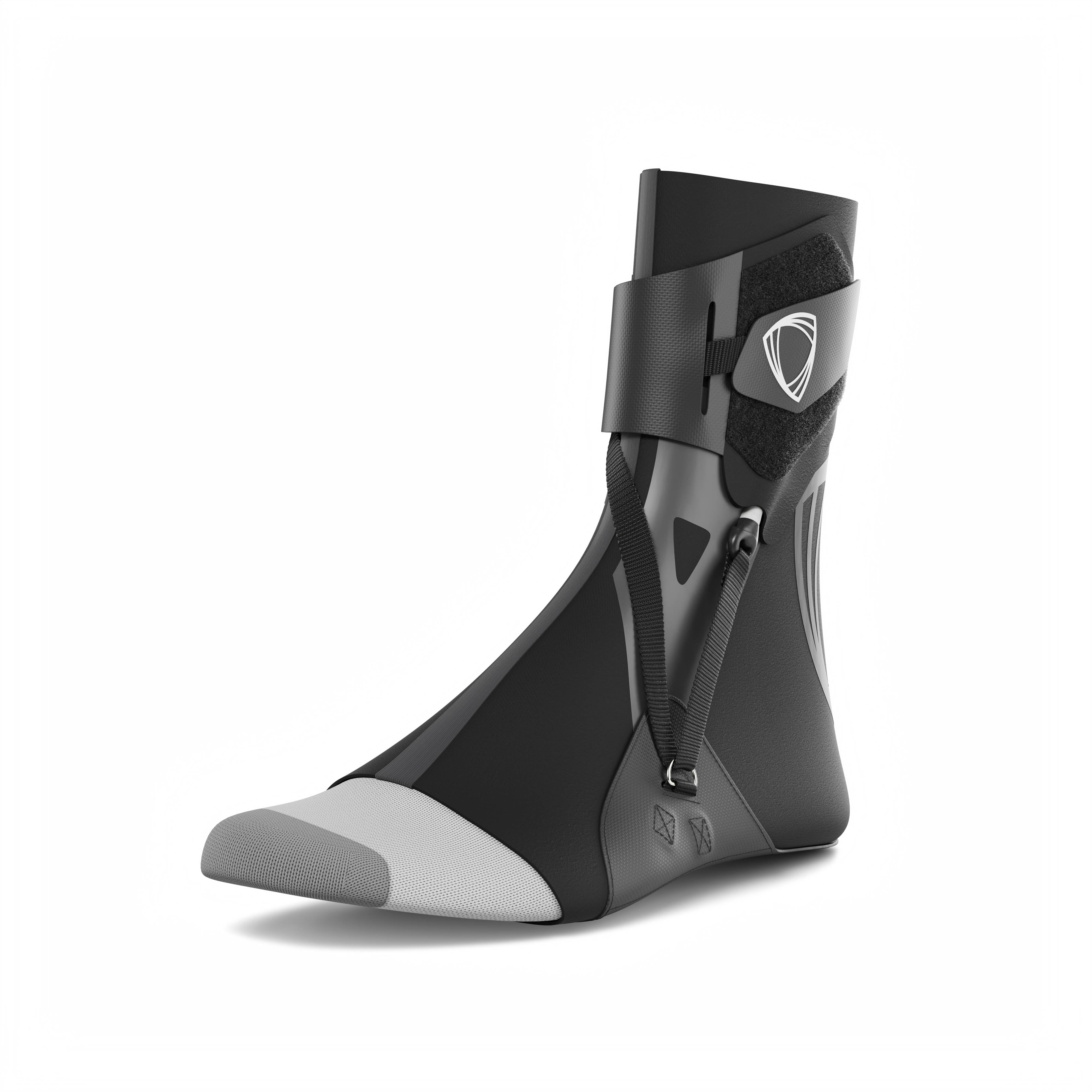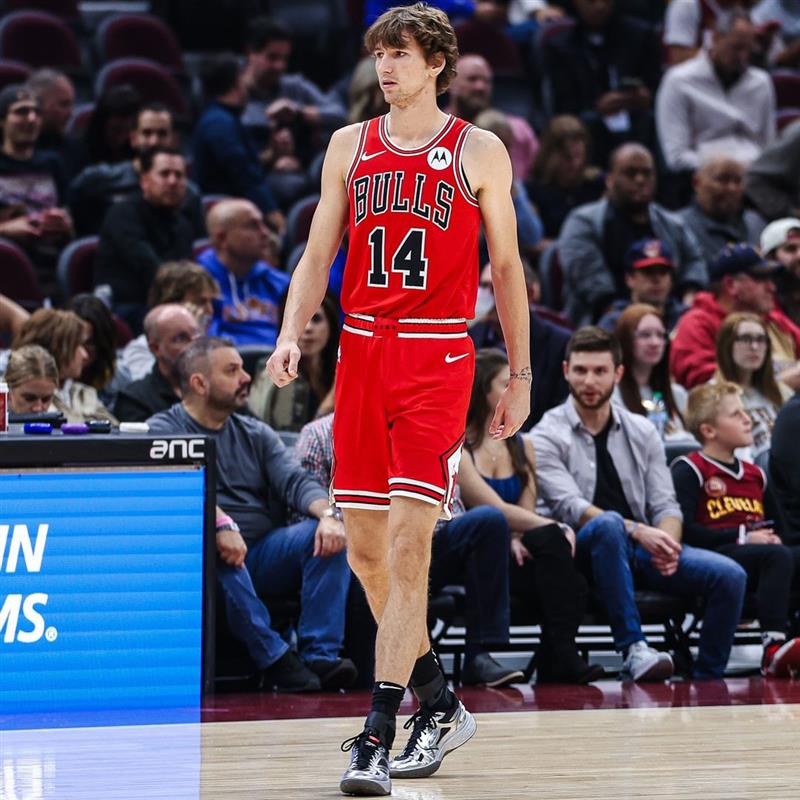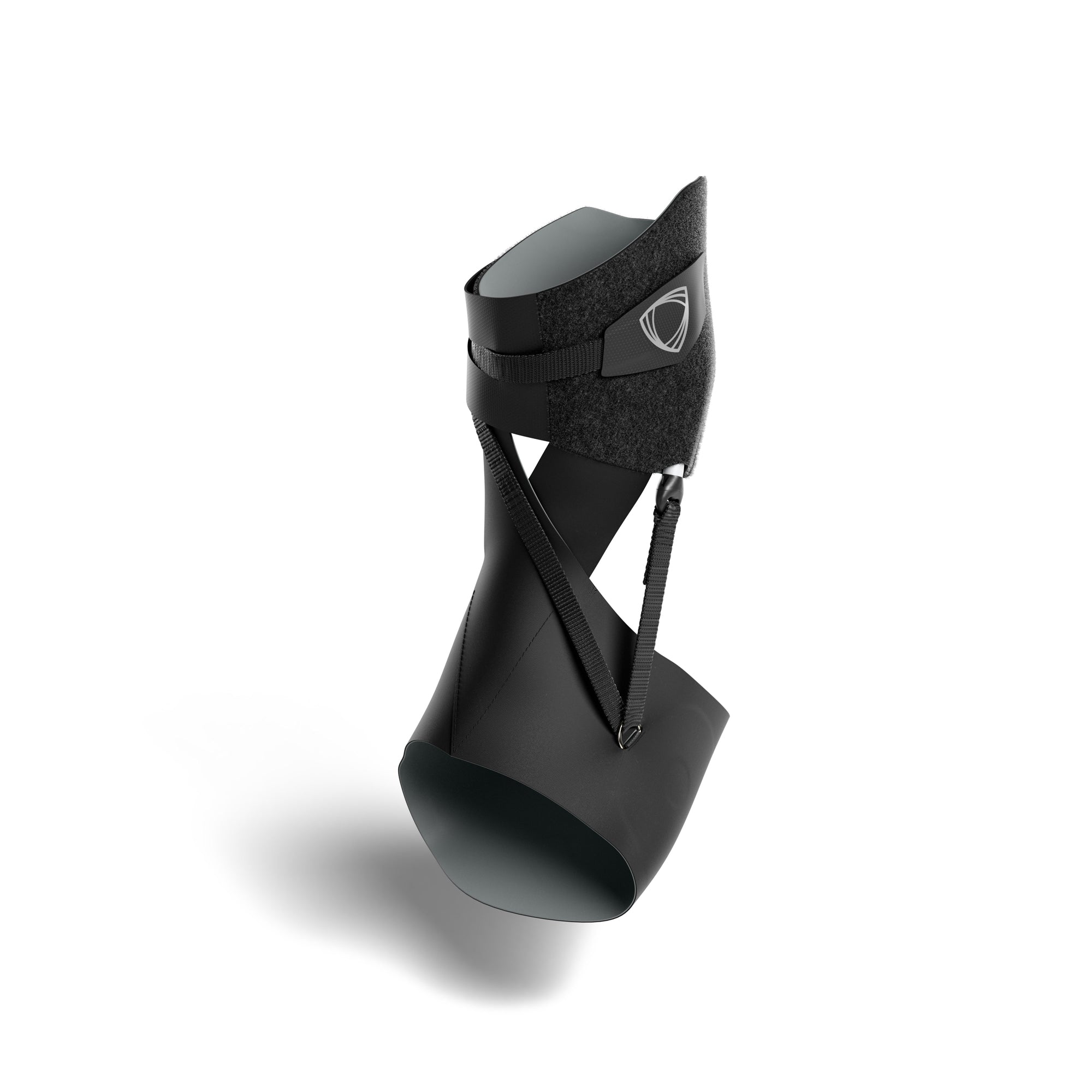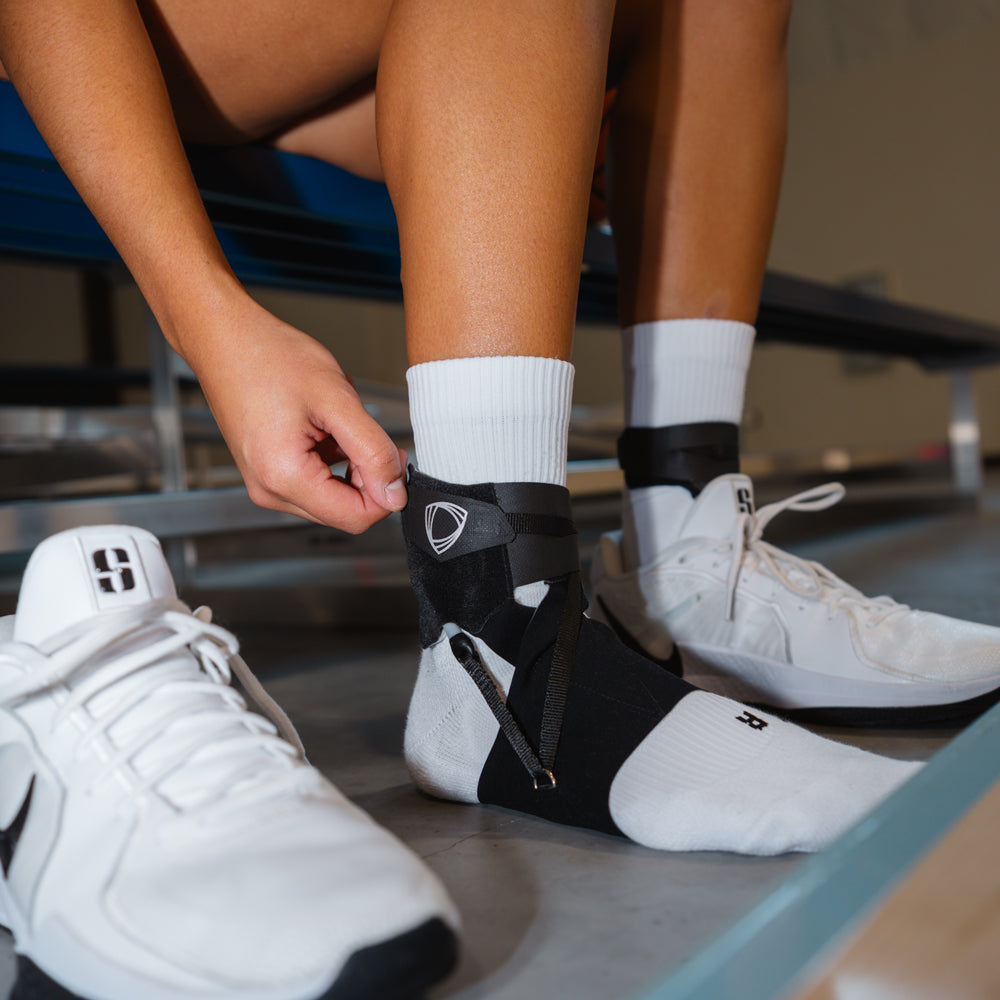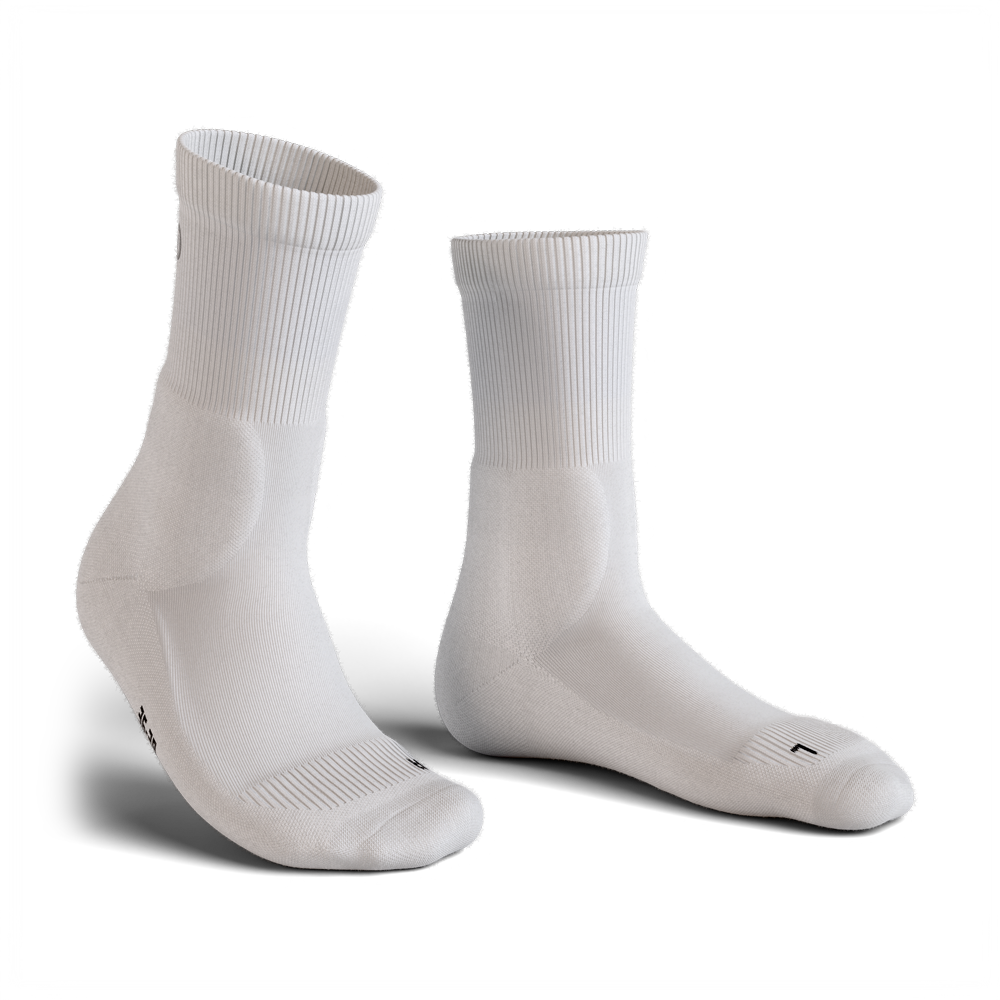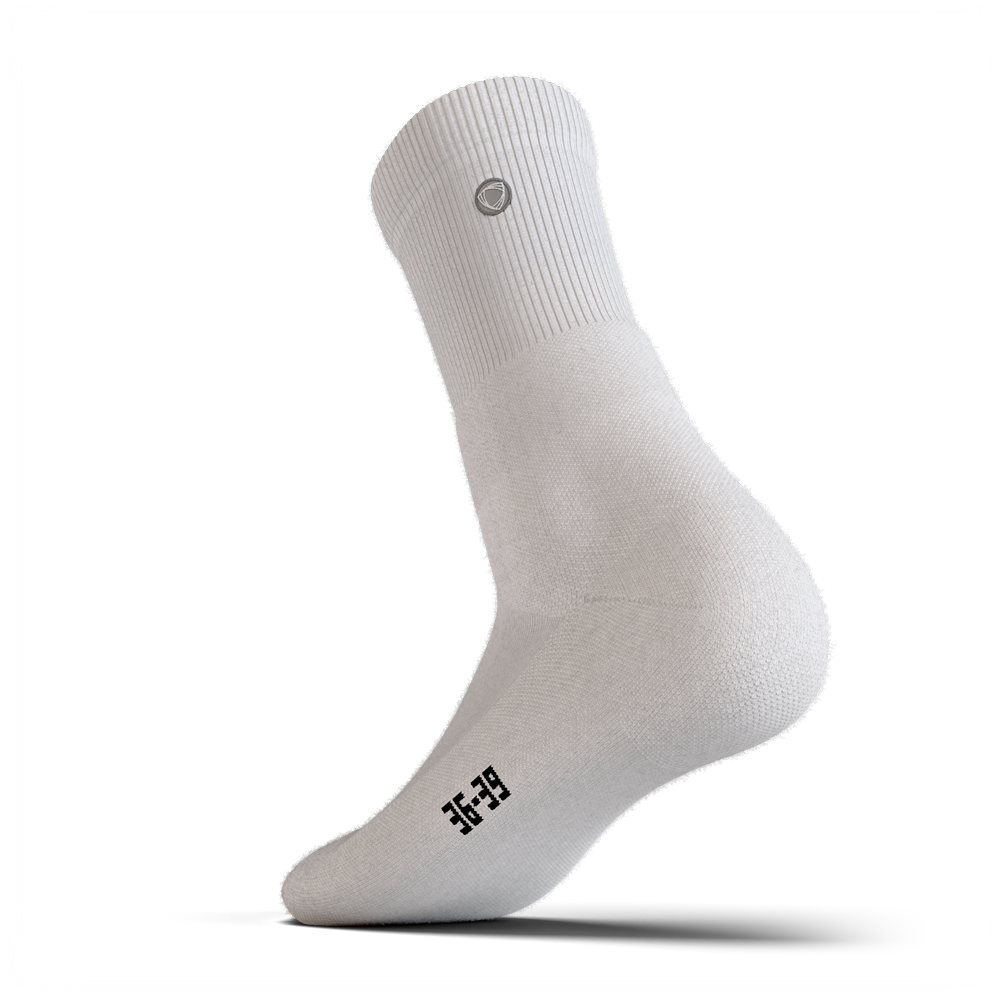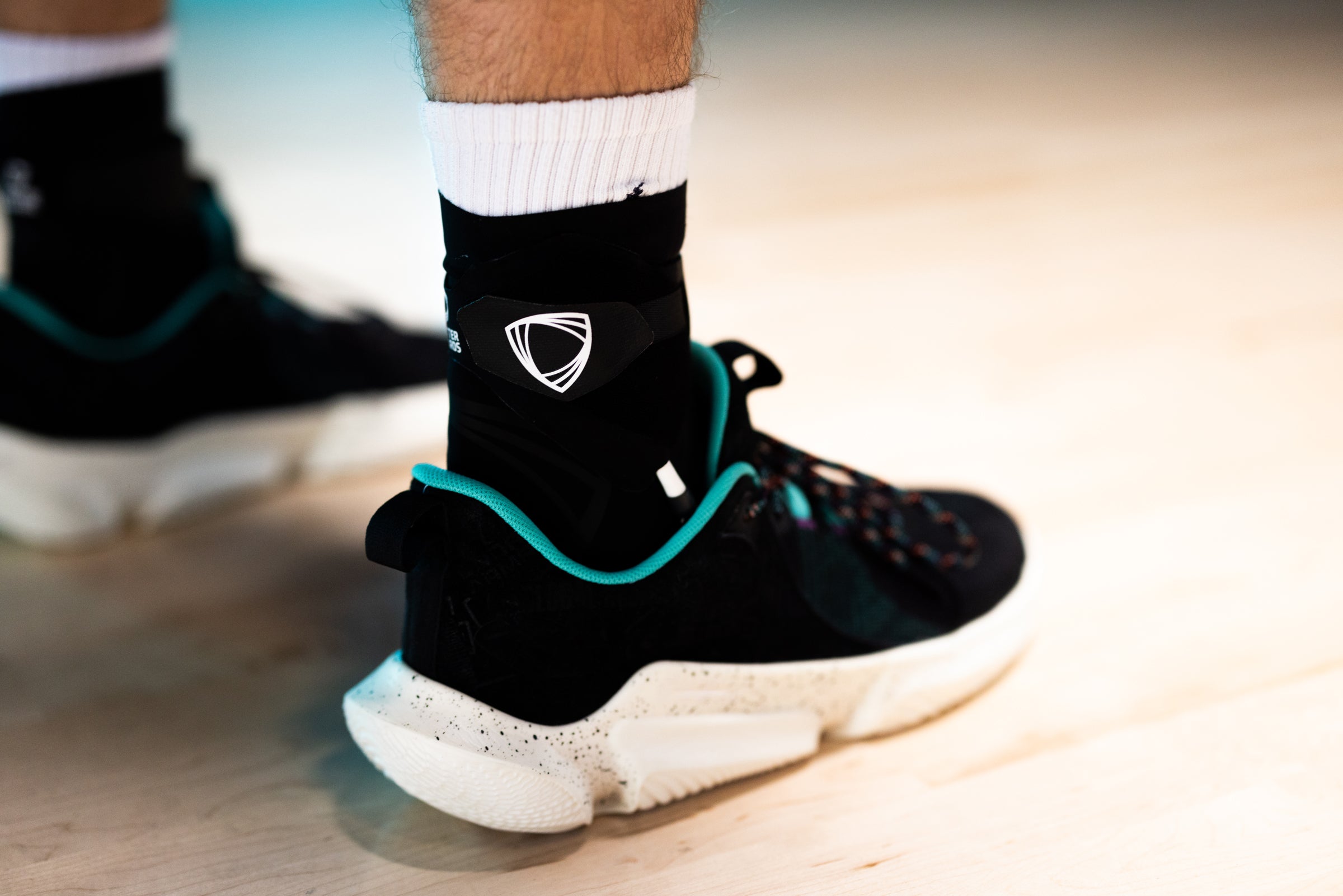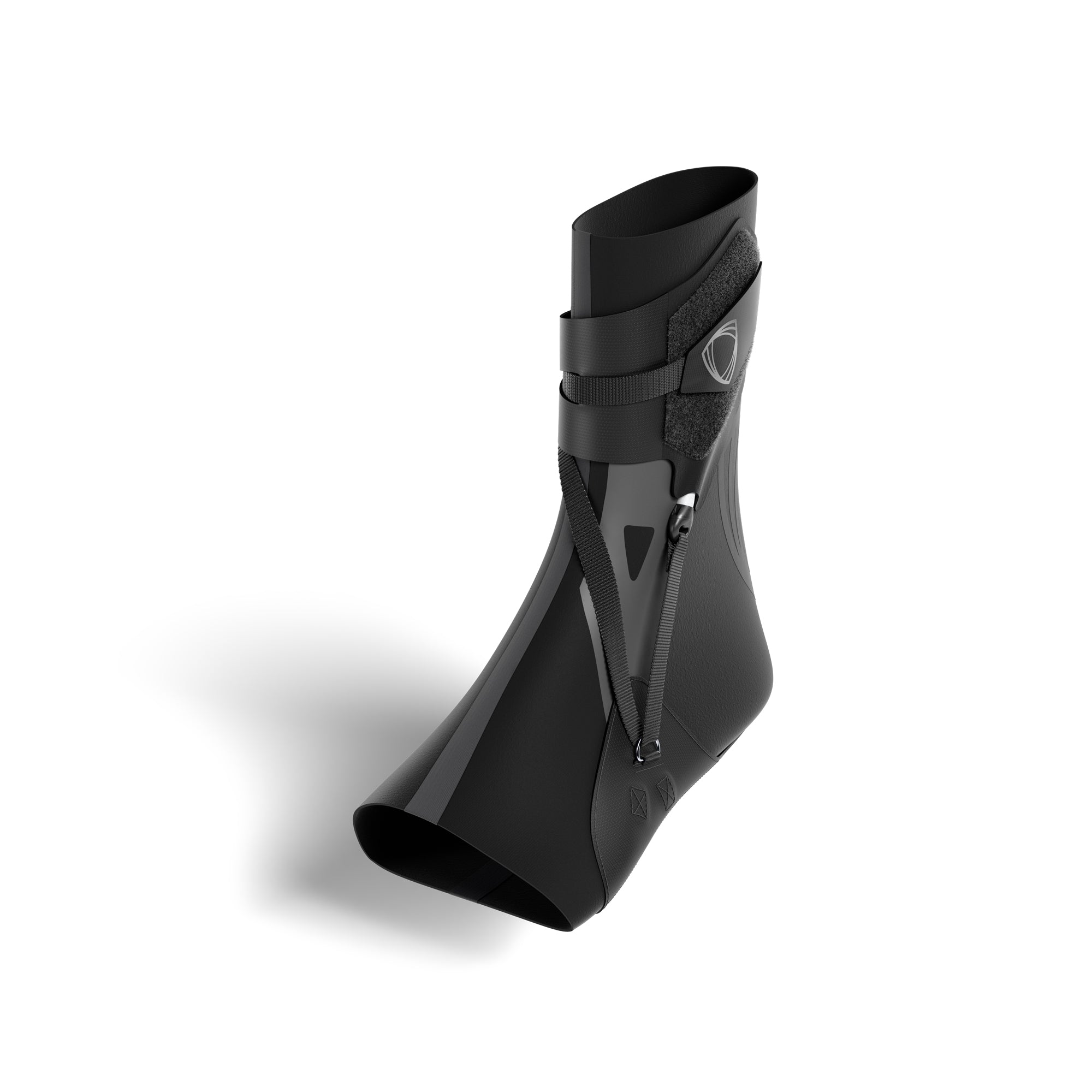
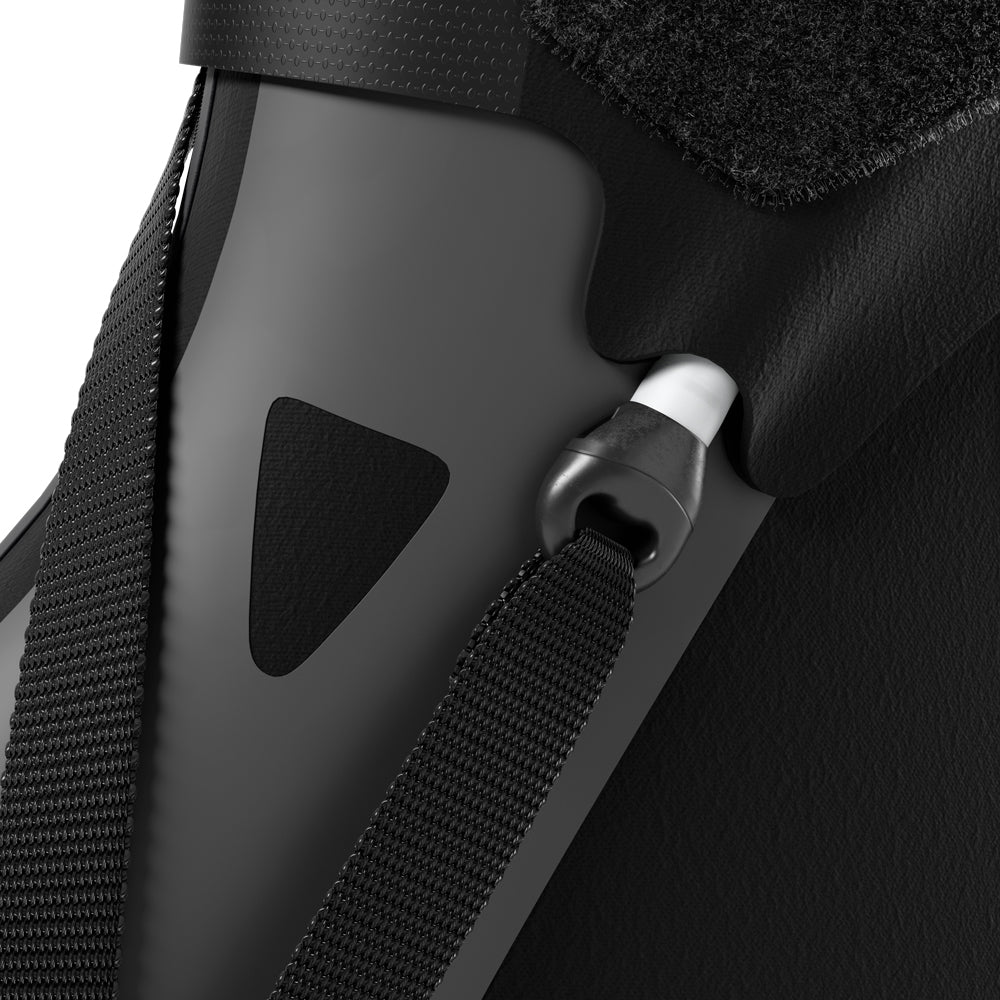
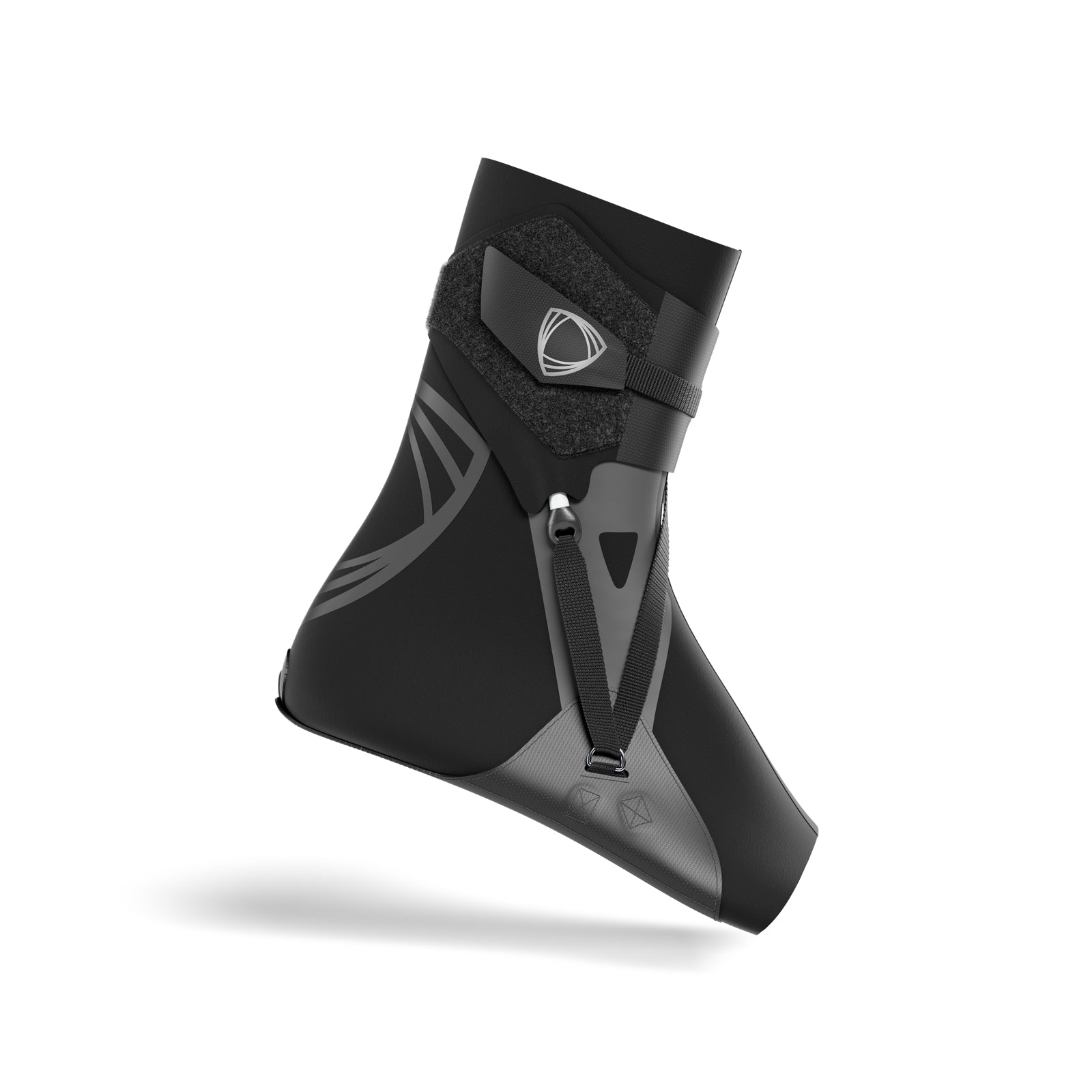
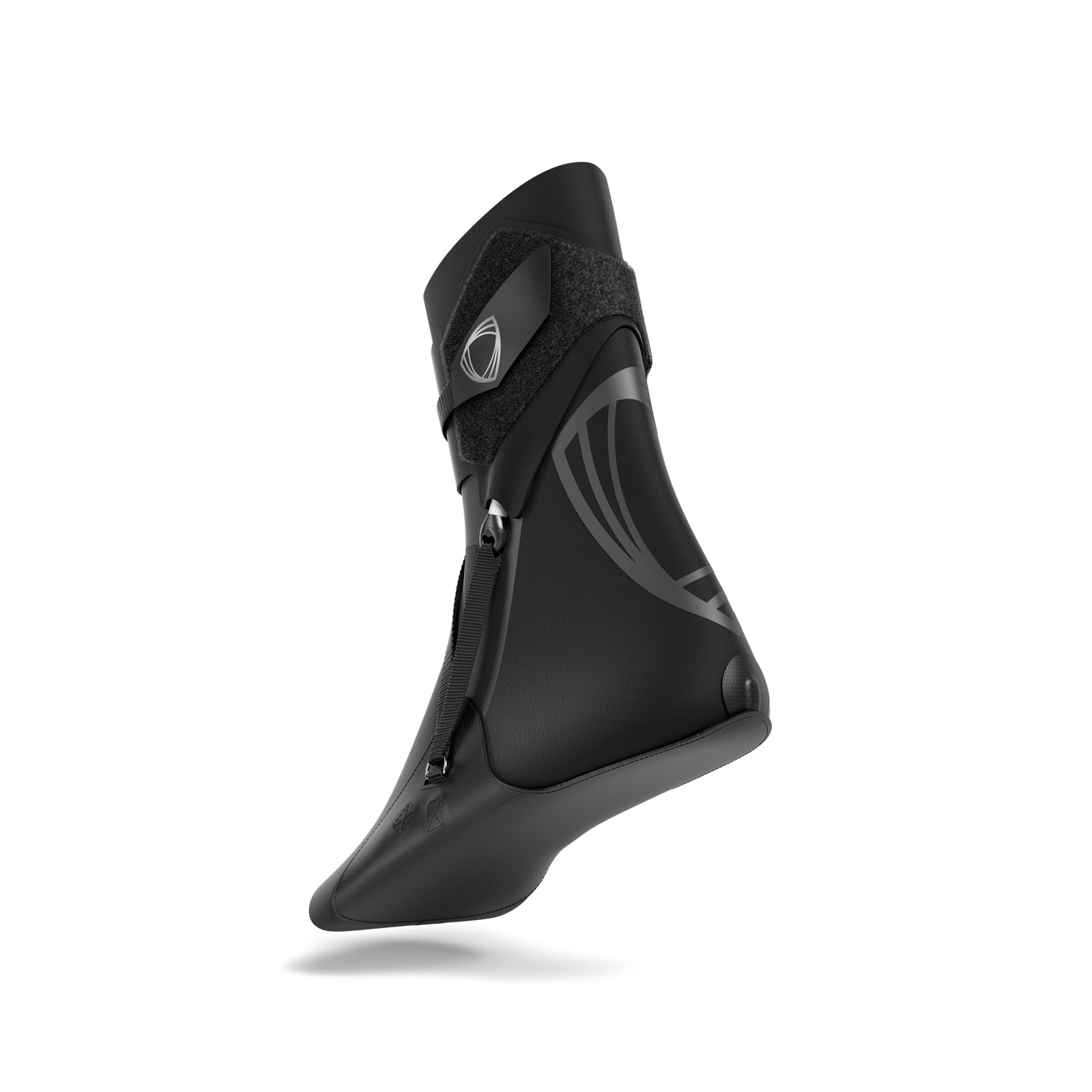
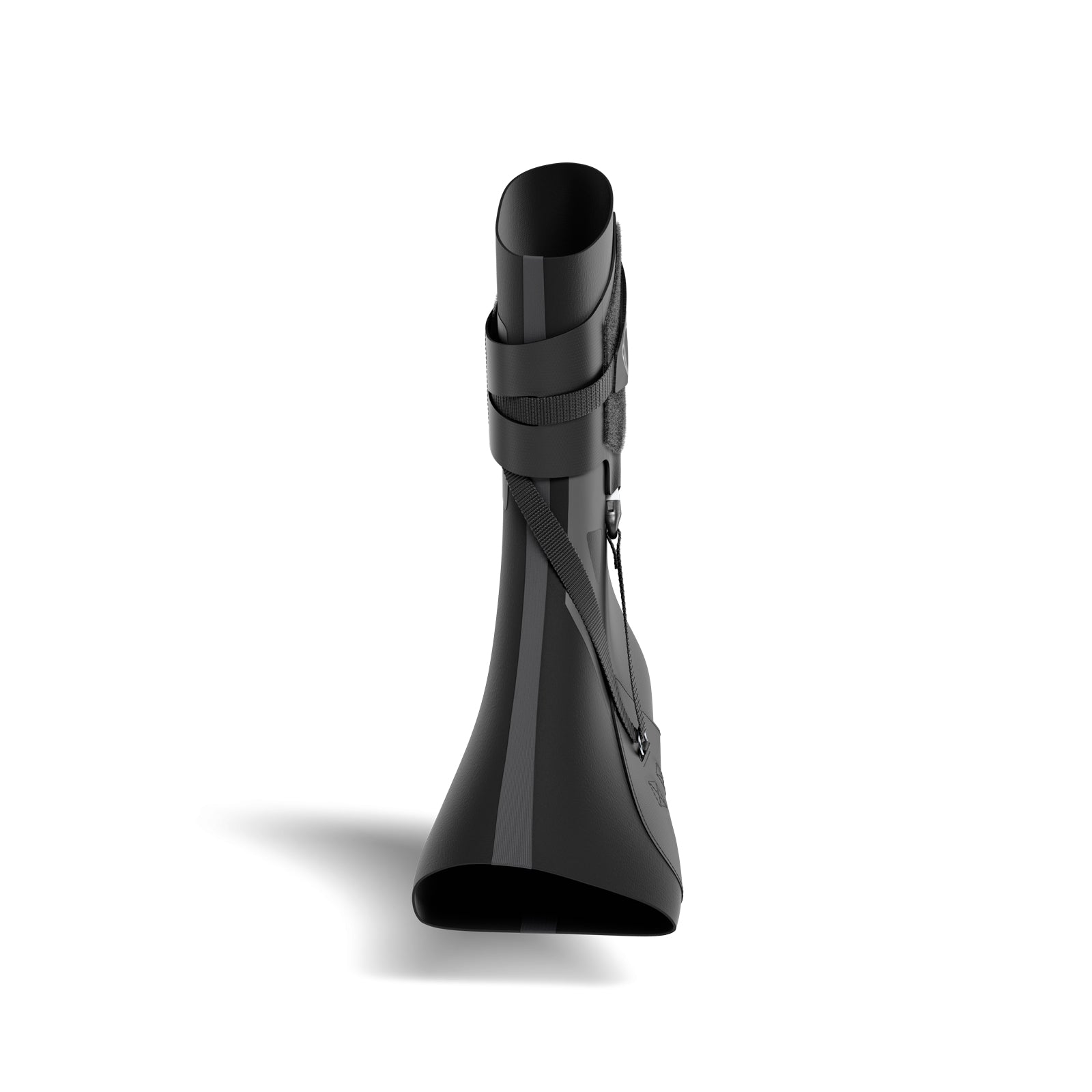
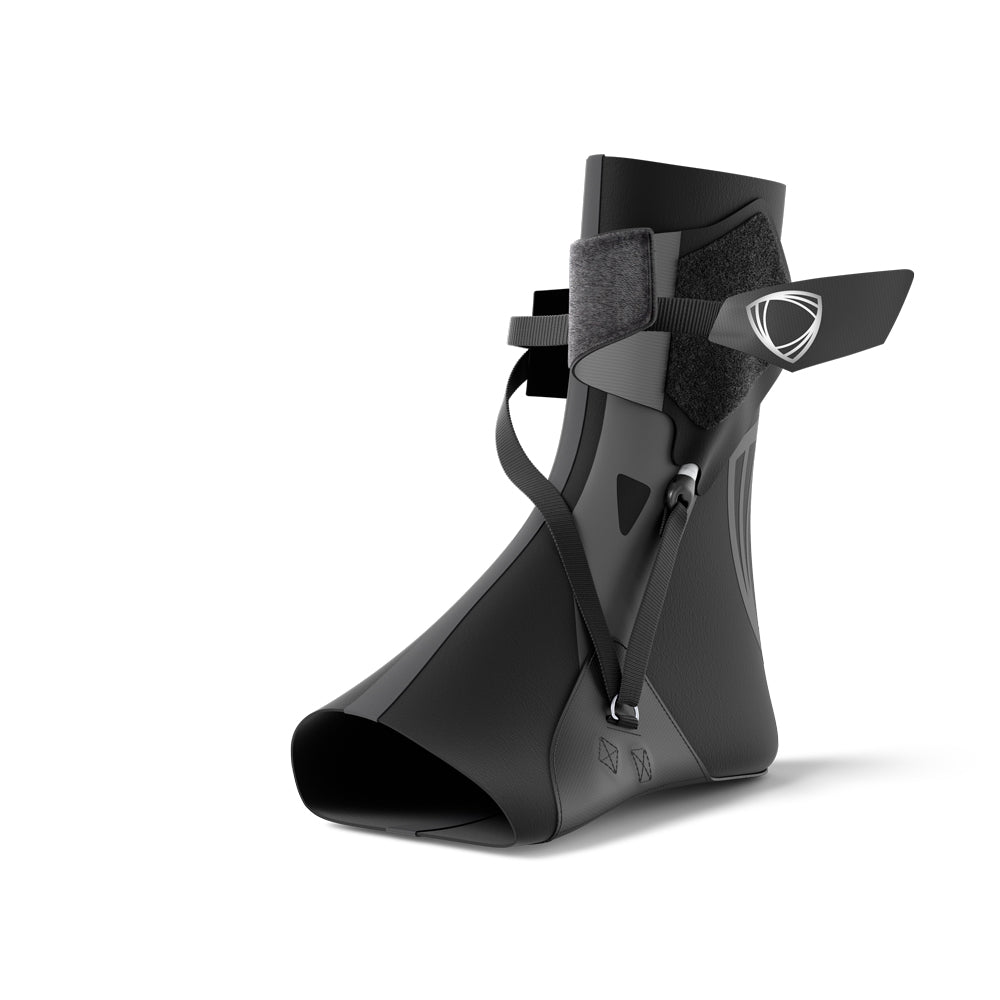
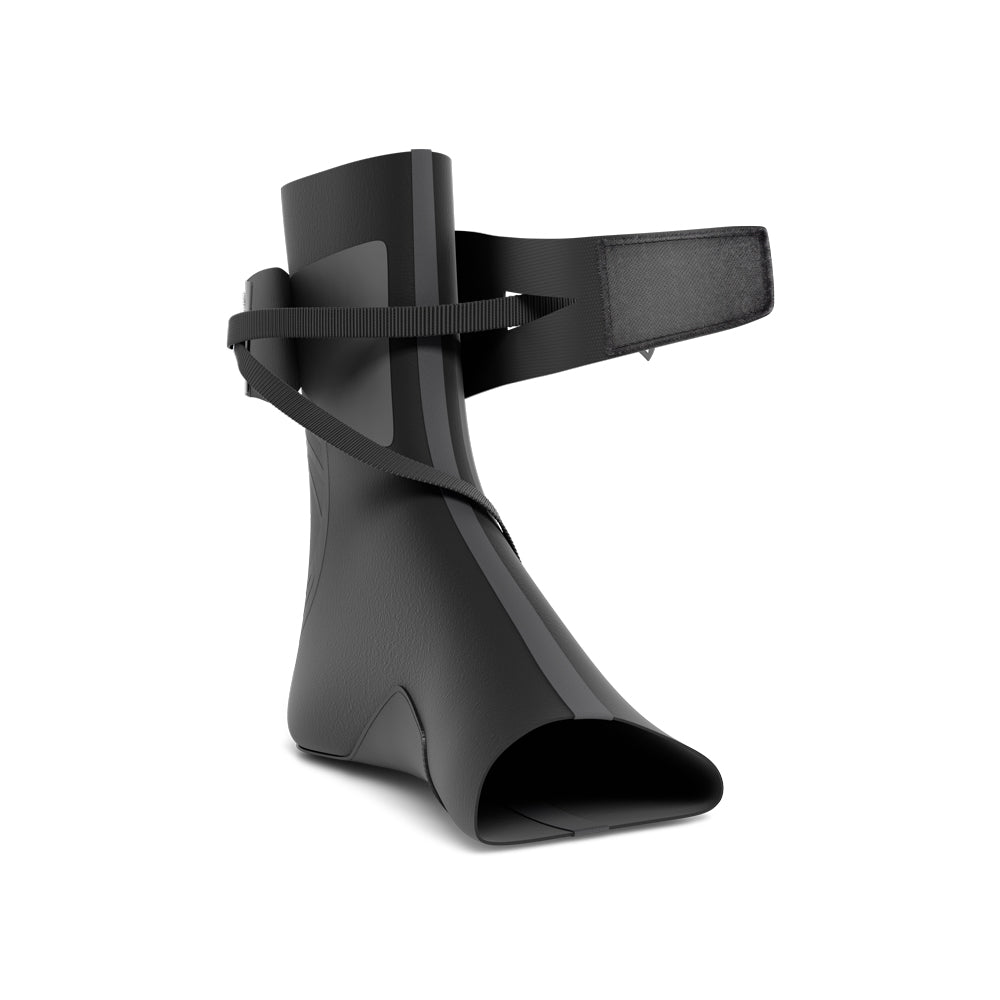
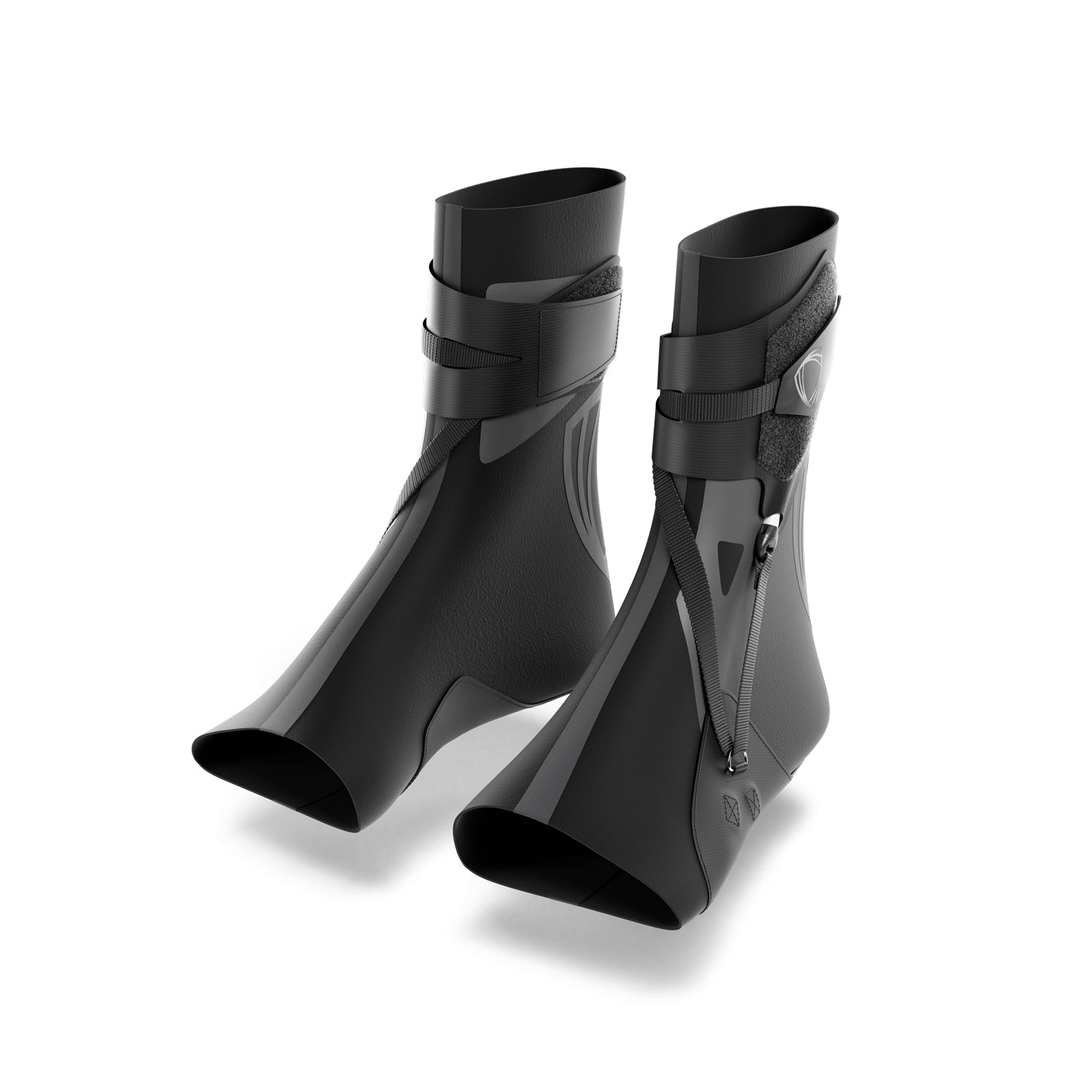
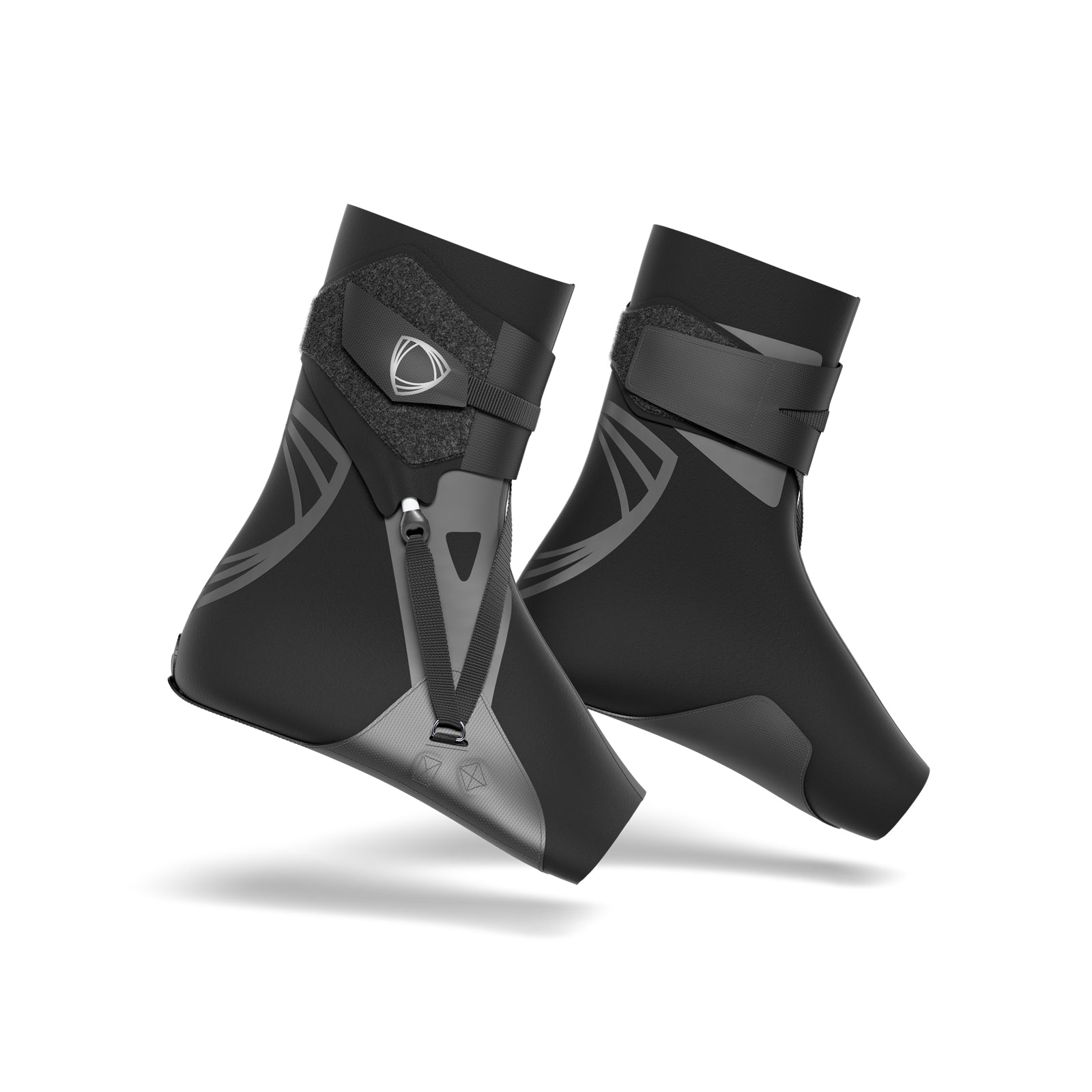
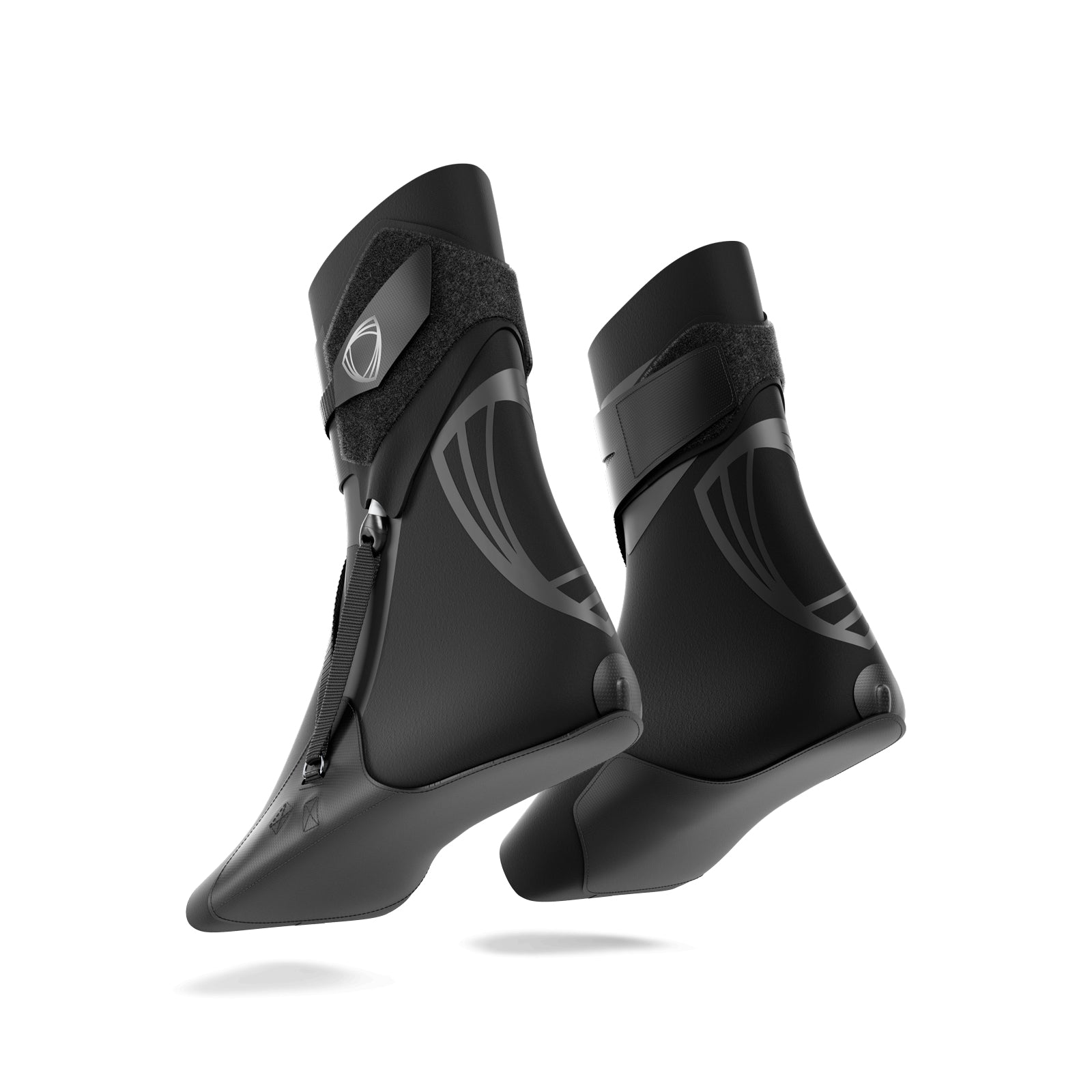
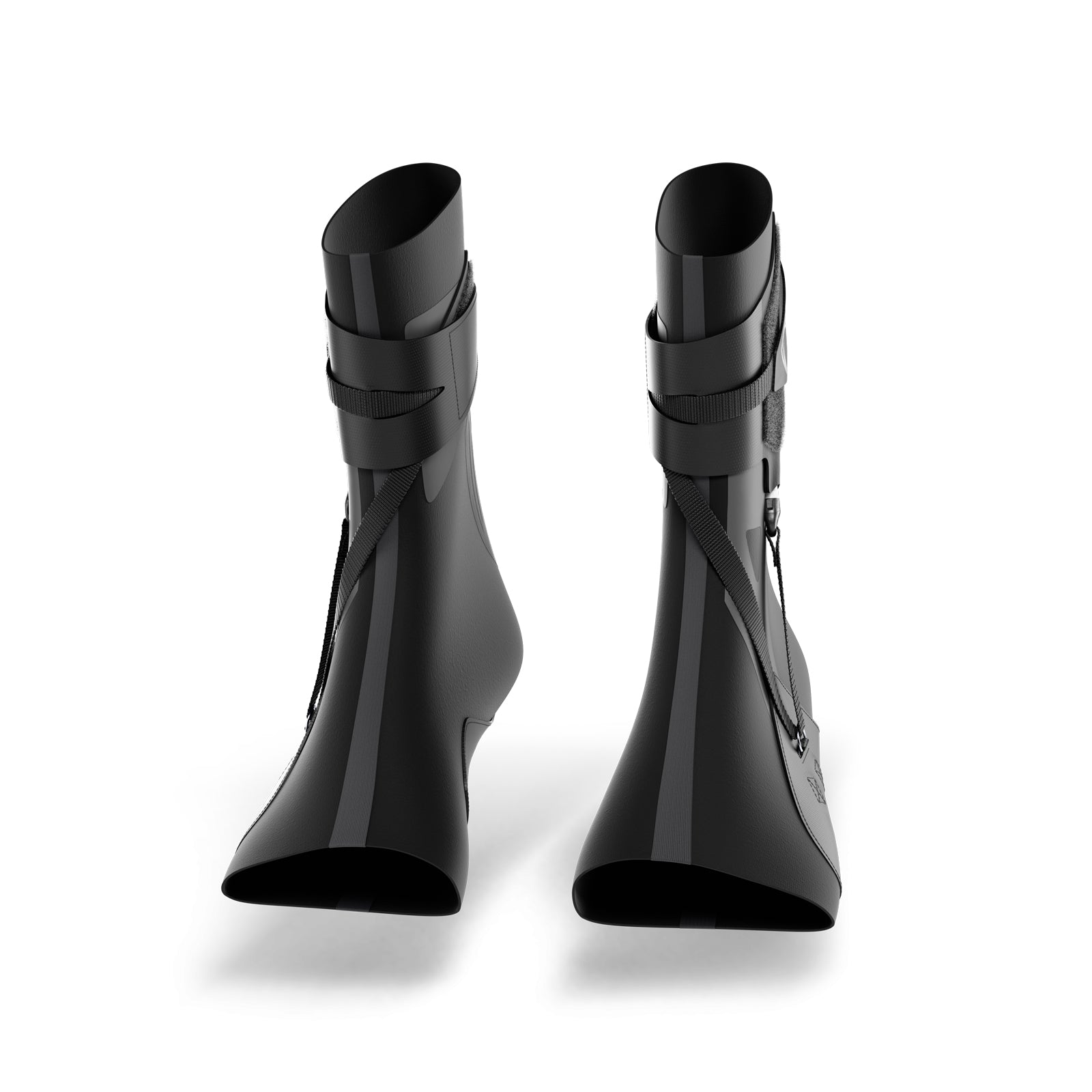
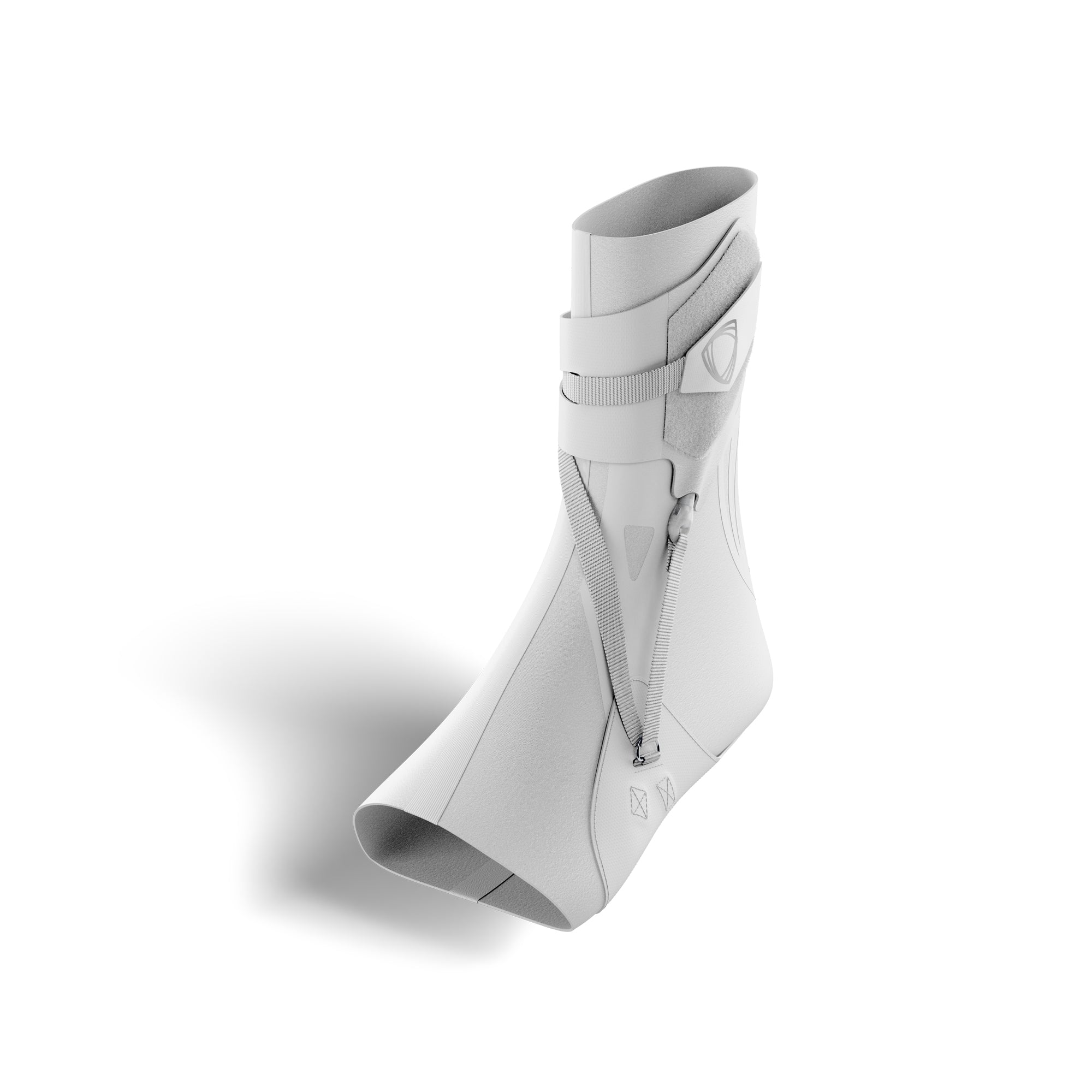
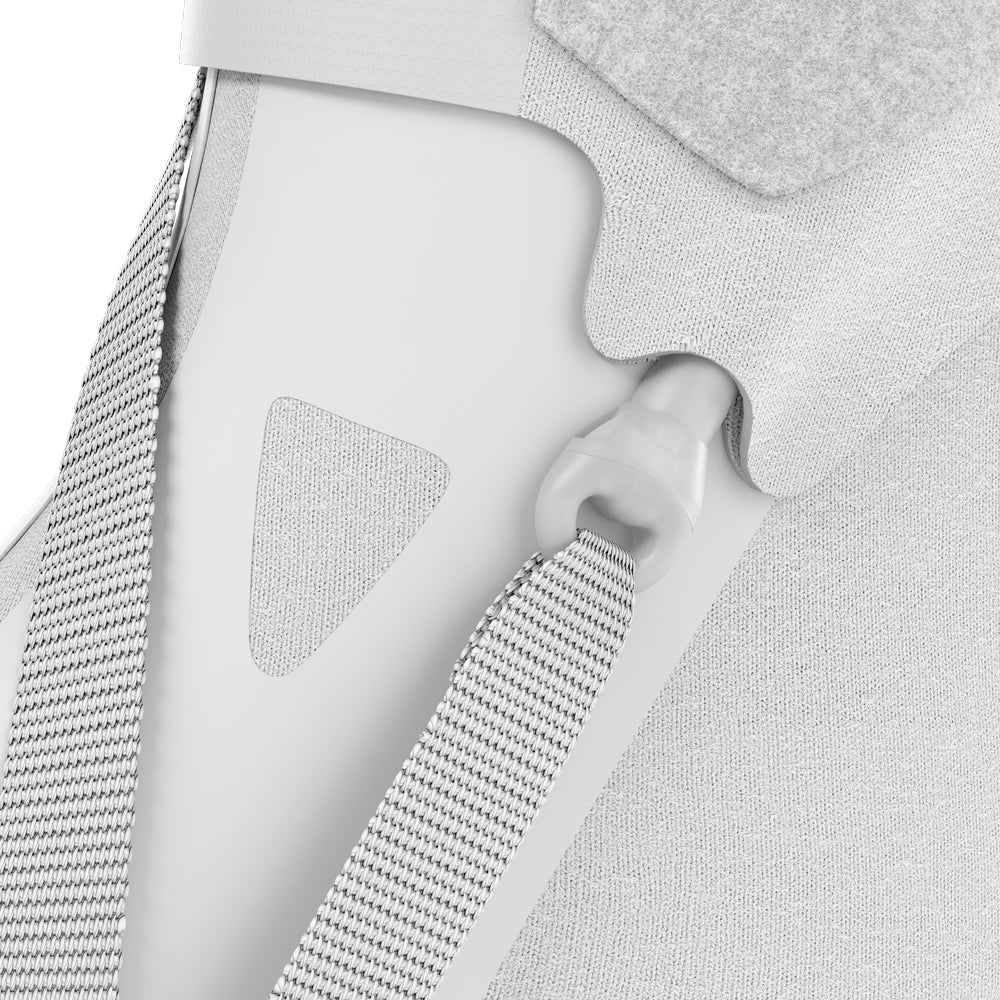
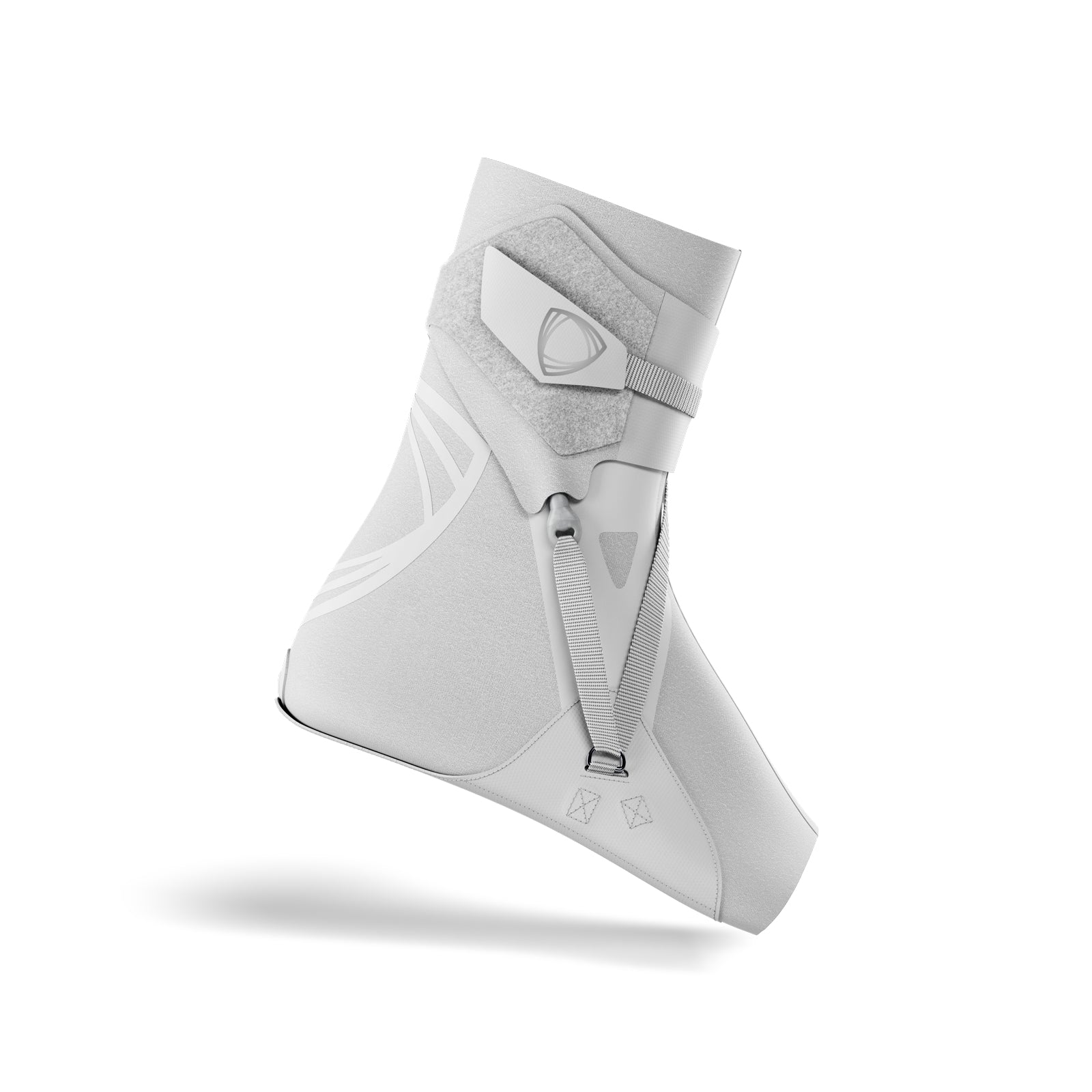
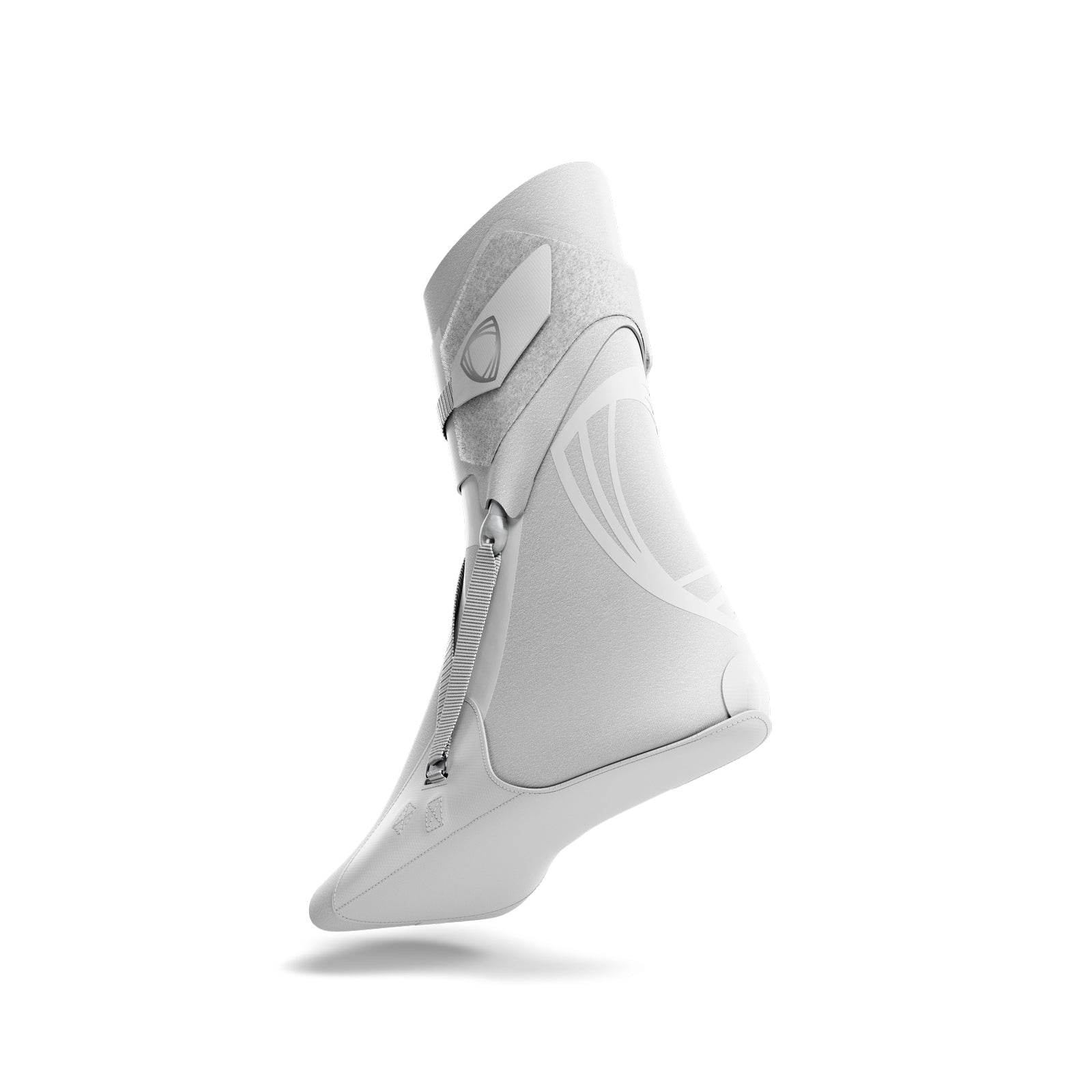
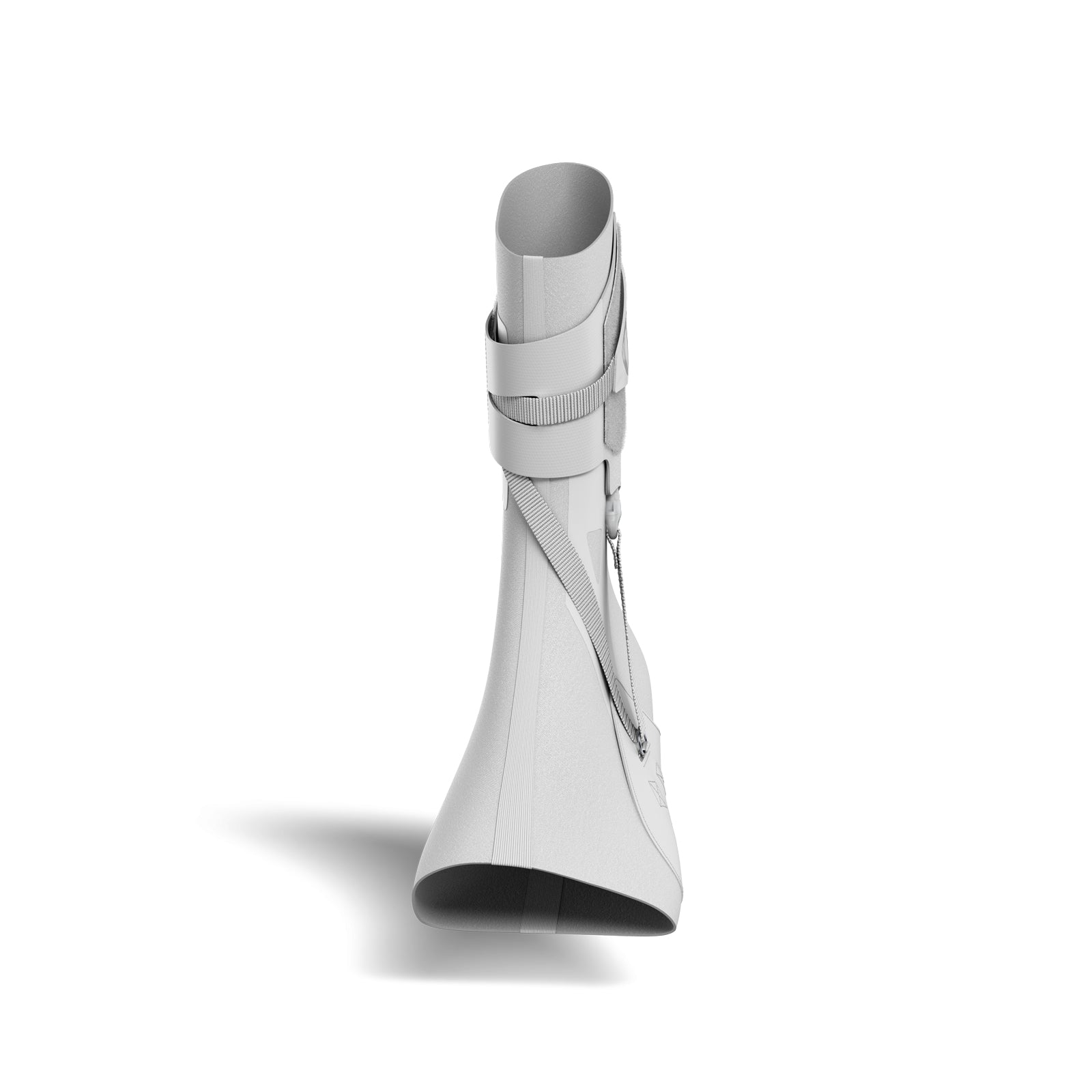
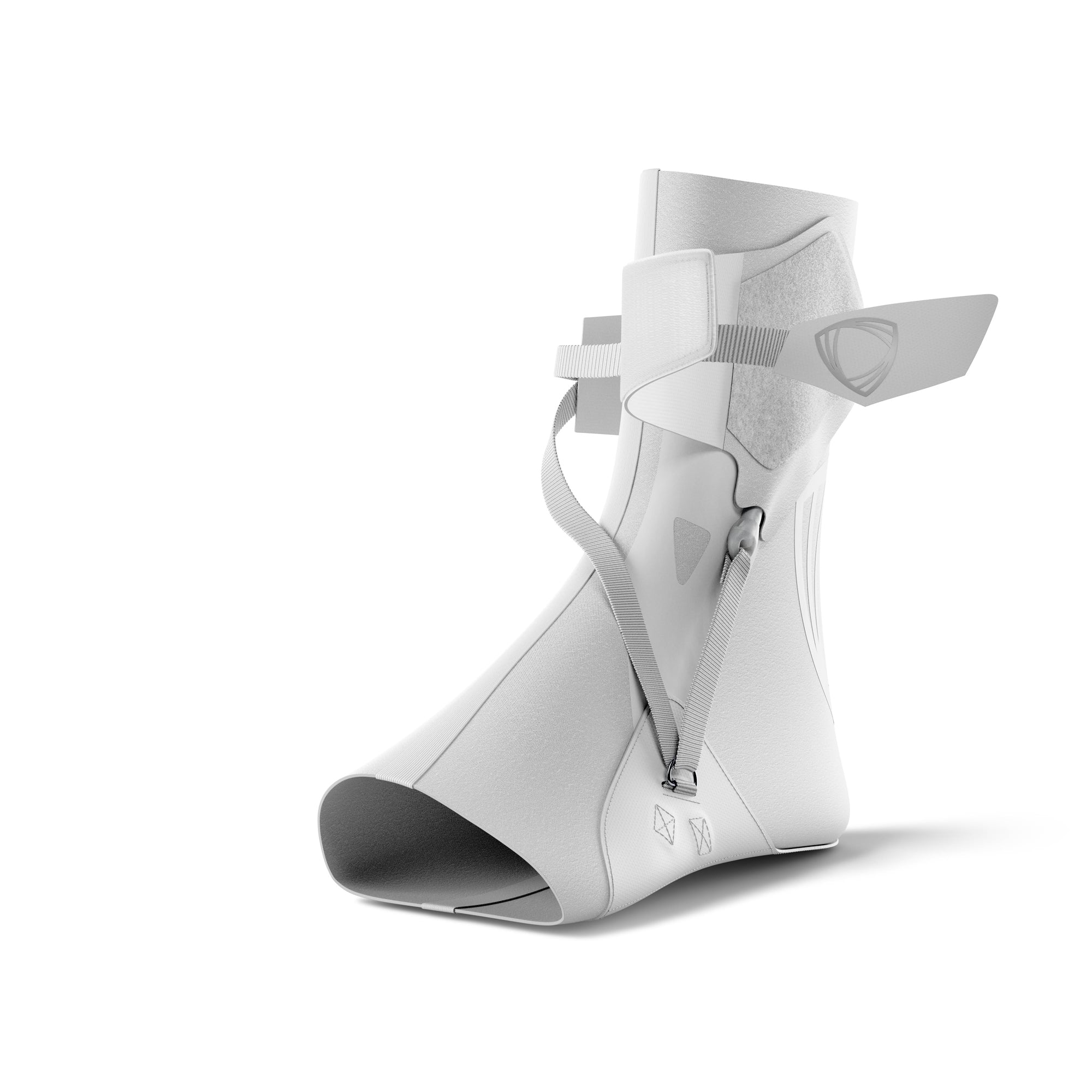
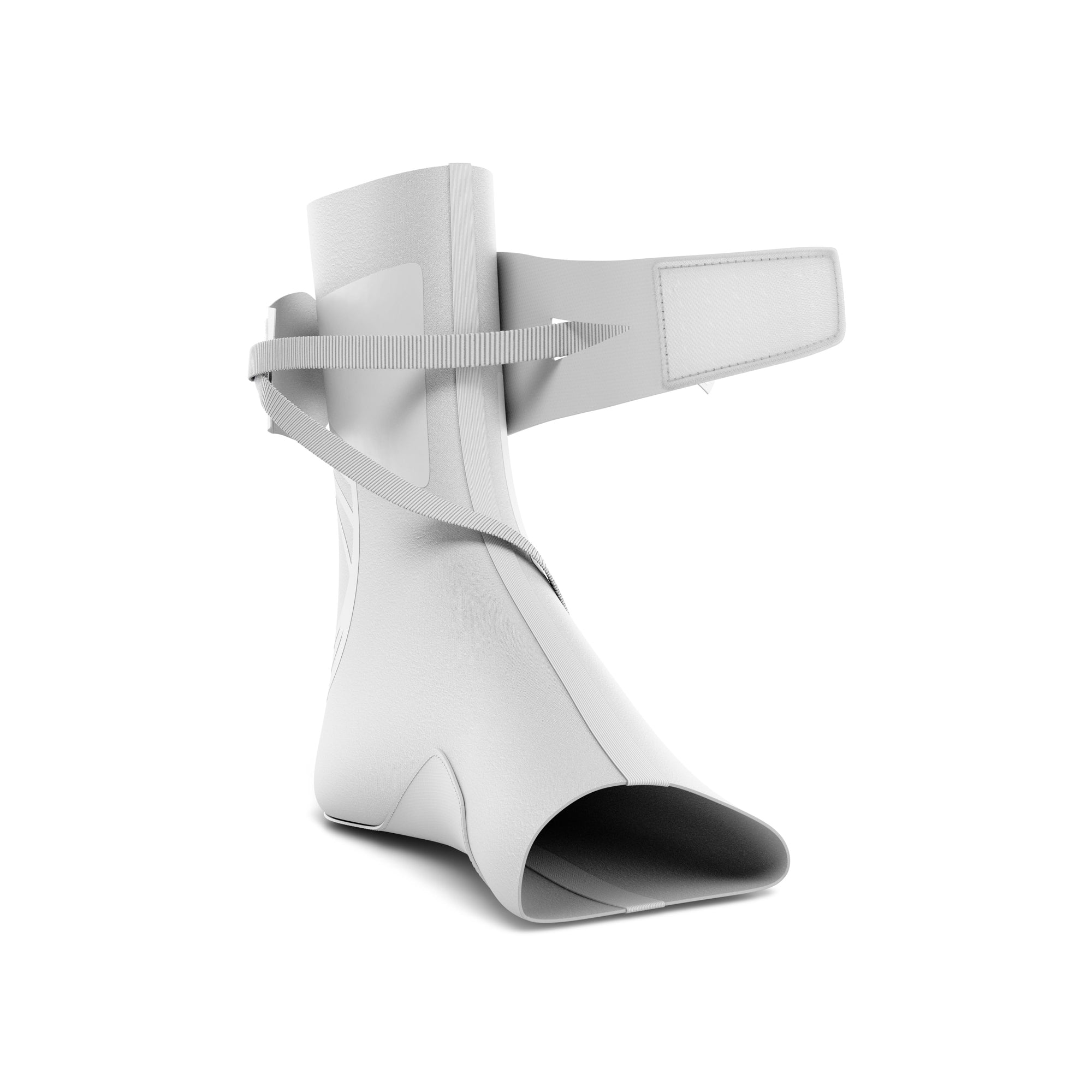
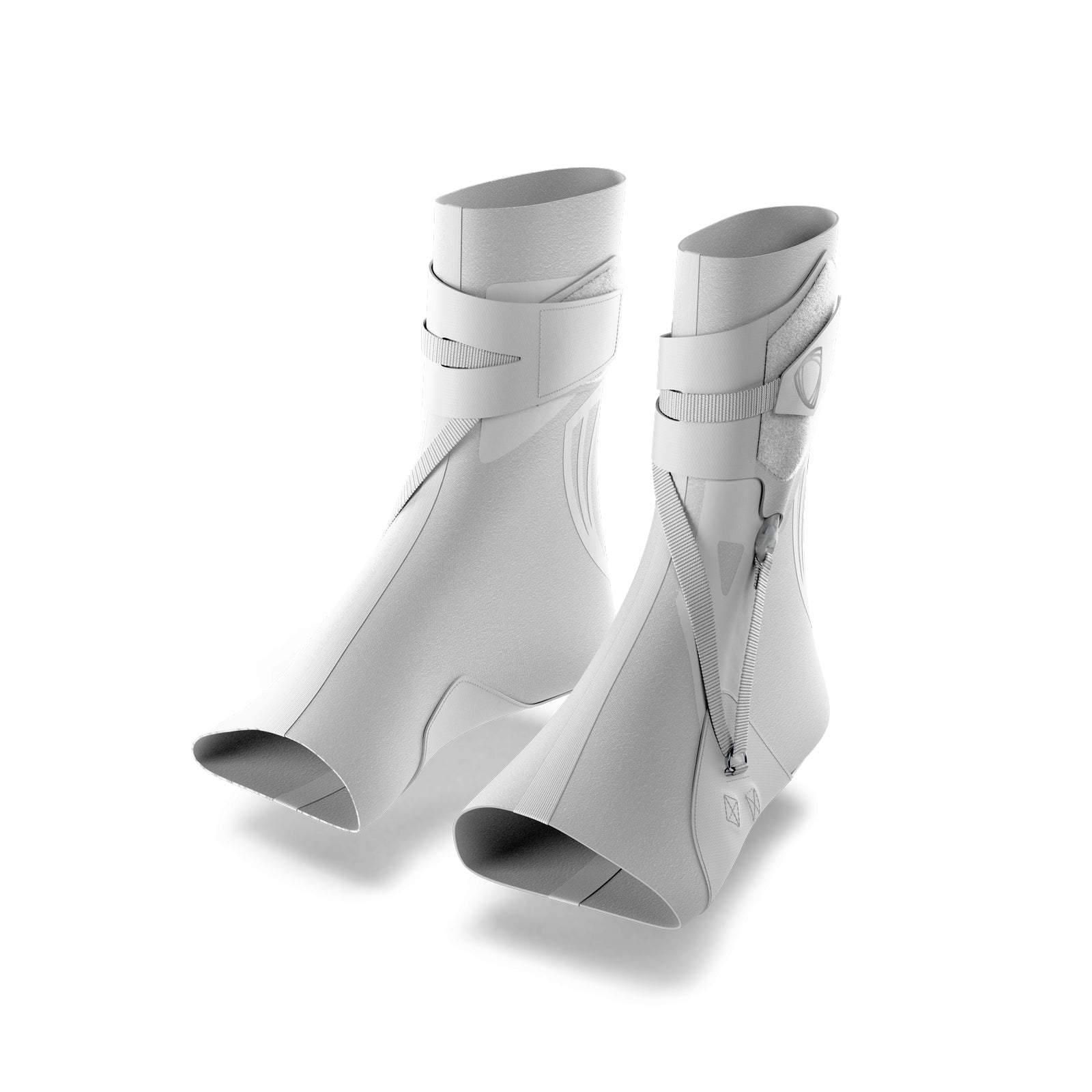
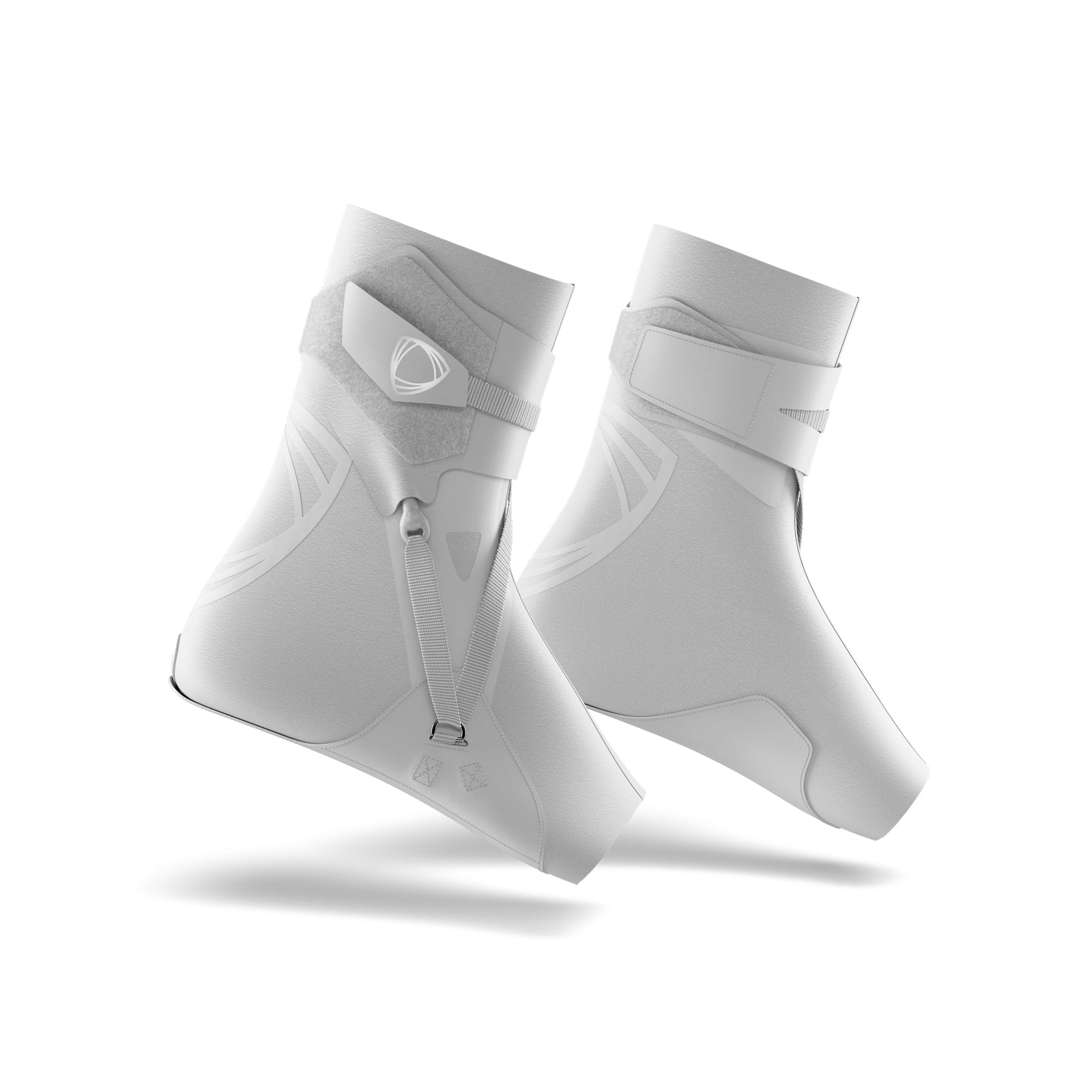
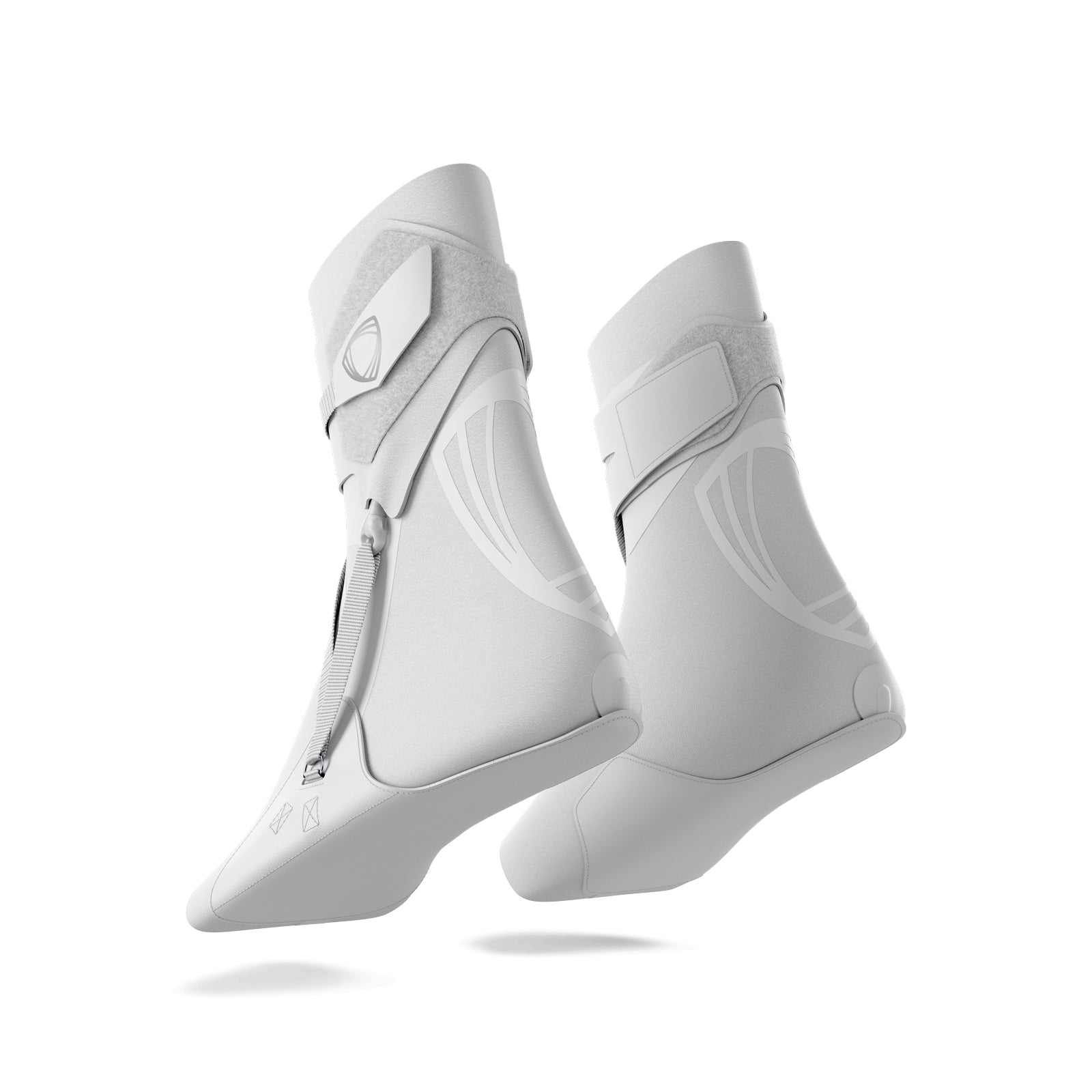
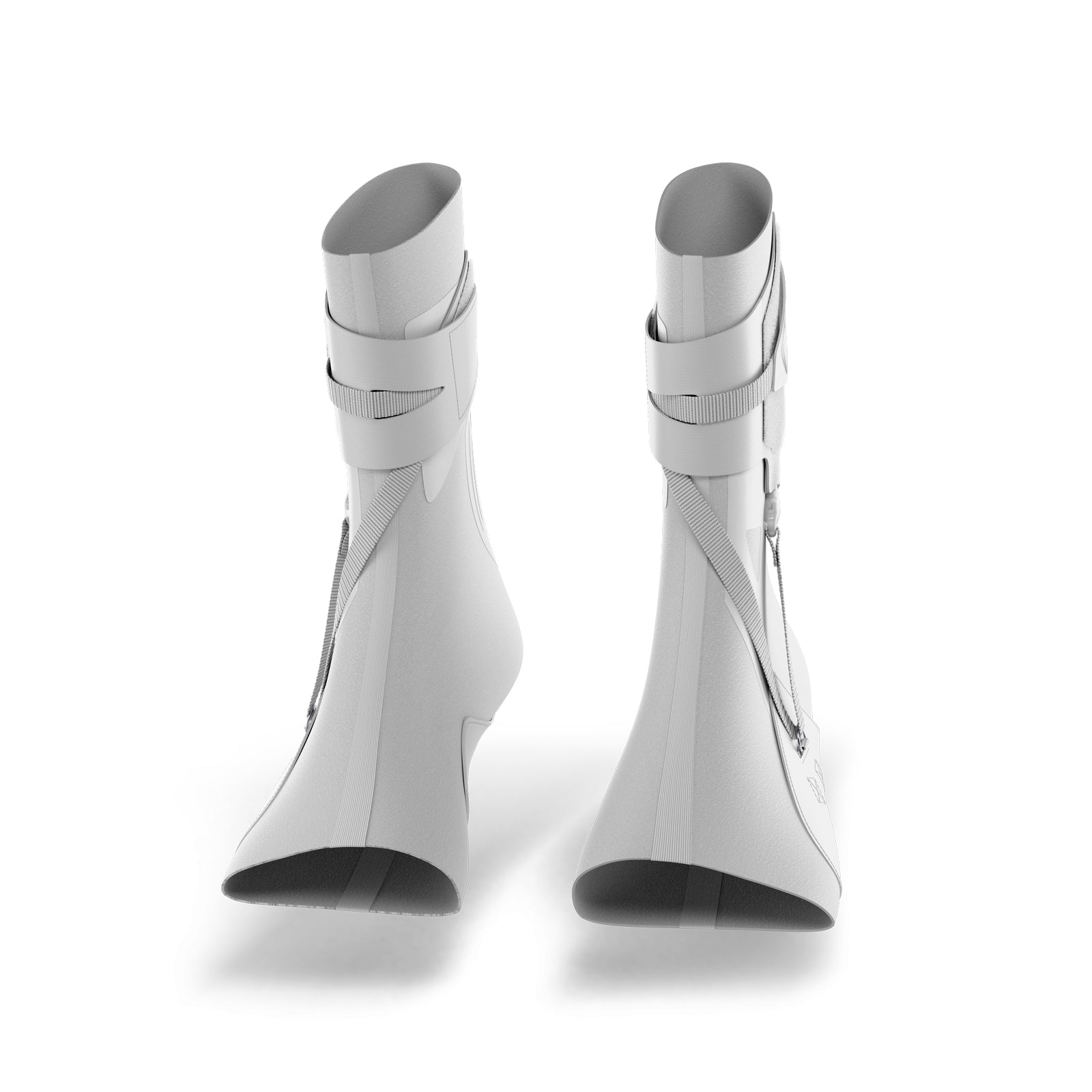
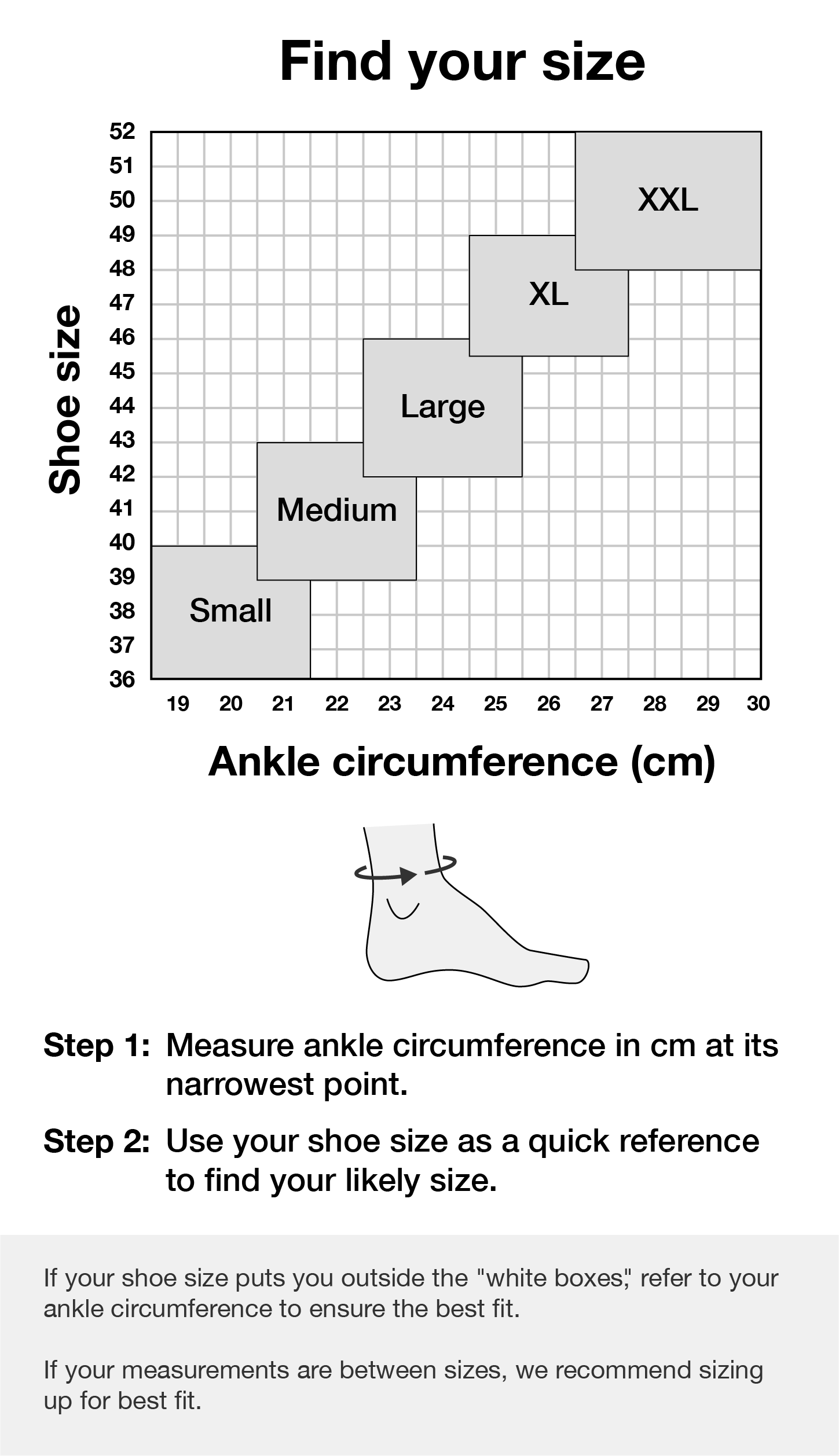
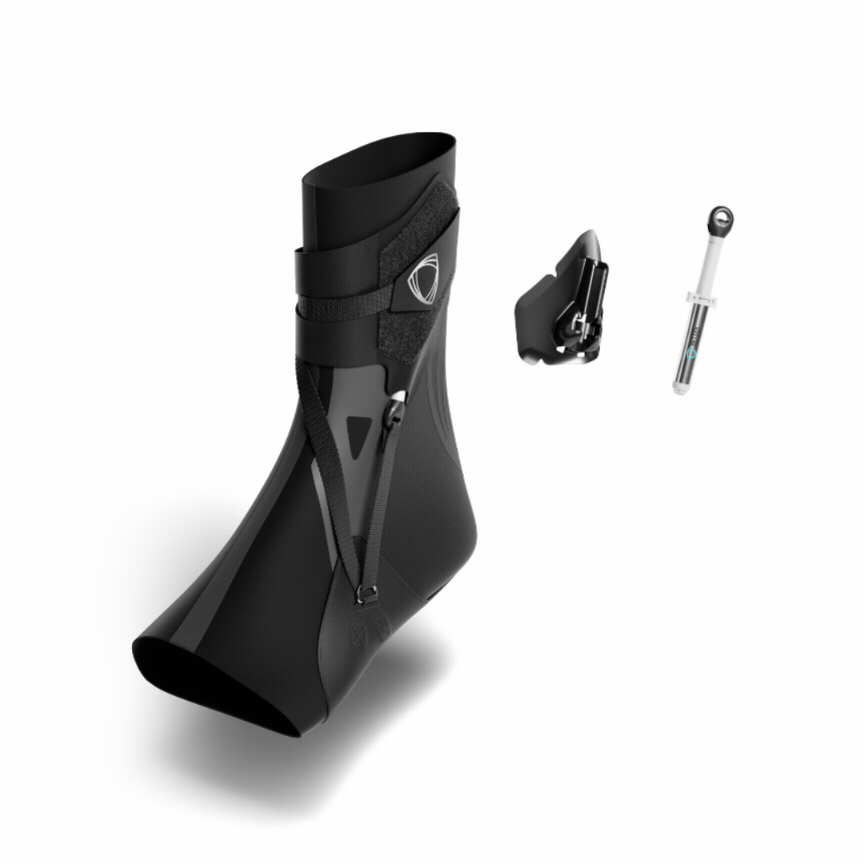
The BetterGuard 3.0
Volleyball ankle support brace
- The best ankle brace for volleyball players
- Designed in partnership with NBA Launchpad
- Trusted by pro and college volleyball players
- Ultra-lightweight and durable
Experience volleyball ankle support that's made to move
Own the court with unrivaled agility. We engineered The BetterGuard ankle brace for volleyball's dynamic movements. Experience a high range of motion and natural court feel for explosive jumps, powerful attacks, and quick transitions while feeling supported and confident.
SHOP BETTERGUARDS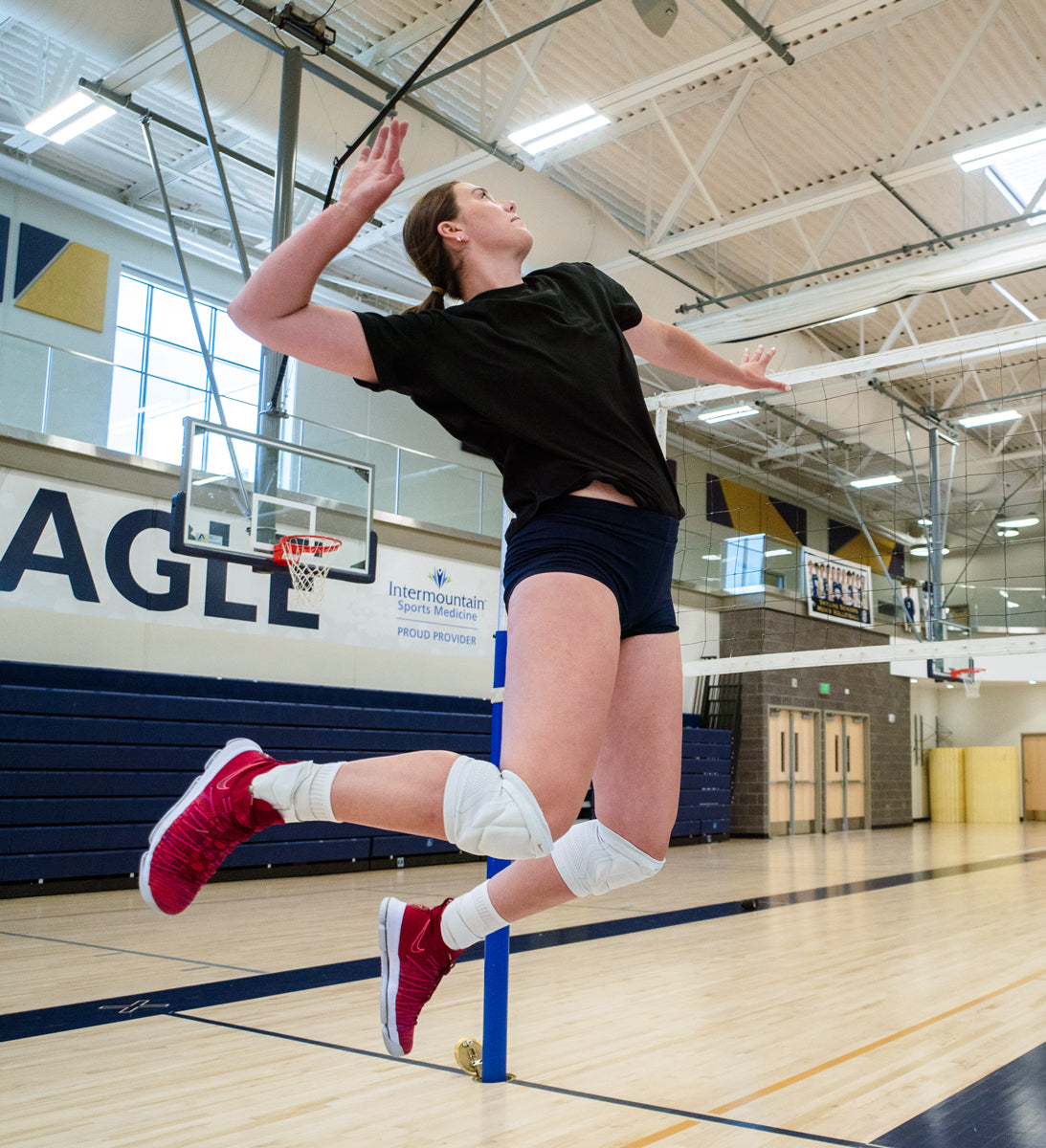
The ultimate ankle brace for volleyball
The BetterGuard's ultra-lightweight design seamlessly integrates with your footwork, allowing for explosive cuts, lightning-fast stops, and dynamic changes of direction. Experience exceptional support without sacrificing agility to stay ahead of the competition.
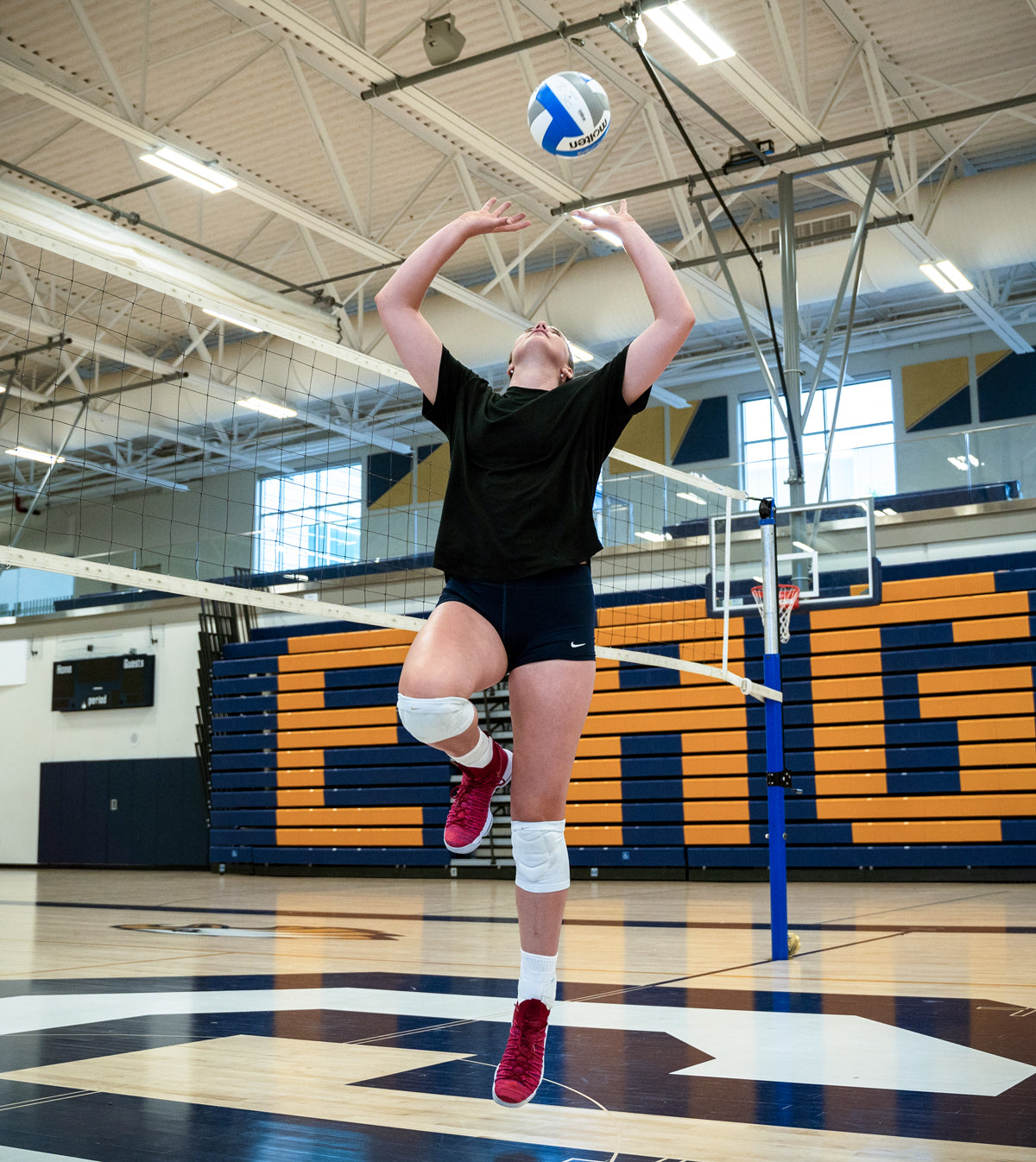
ALL-NEW — ALL-WHITE
The BetterGuard 2.0 white ankle braces
Elevate your style and performance with the crisp all-white edition of The BetterGuard 2.0. Designed for athletes who appreciate both function and fashion, The BetterGuard 2.0 white ankle brace offers the same unparalleled support with a fresh look that complements your gear.
SHOP NOWShop the collection
Shop the best, most comfortable ankle braces and socks for vollyball.
Why we made this
Ankle sprains are by far the most common injury in volleyball
A recent study found ankle sprains occur more often in volleyball than any other injury. Frequent jumping and landing combined with quick changes of direction make volleyball a hotbed for ankle sprains.
41%
BJM estimates volleyball ankle injuries are the most common injury in the sport, with ankle sprains accounting for 41% of all injuries
75%
The same study found 75% of volleyball players with ankle sprains reported having had at least one previous ankle sprain
40%
One study found that up to 40% of athletes who sustain a lateral ankle sprain (lateral ankle ligaments) developed chronic ankle instability within 12 months
HOW IT WORKS
We built the best ankle support for volleyball based on science – not tradition
Ankle sprains might be the most common injury in volleyball, but they're no match for The BetterGuard's intuitive design. In the event of sudden lateral ankle turning or twisting, The BetterGuard activates at impact and stabilizes your ankle joint 3x faster than your body. Its secret weapon lies in the innovative mini ankle stabilizer beneath the surface.
Similar to a seatbelt in a car, the micro-hydraulic piston moves freely during normal gameplay and provides exceptional ankle protection only when needed.
BEHIND THE DESIGNIntroducing advanced ankle support for volleyball players that works like magic
Protection & performance — No other ankle protection gives you more
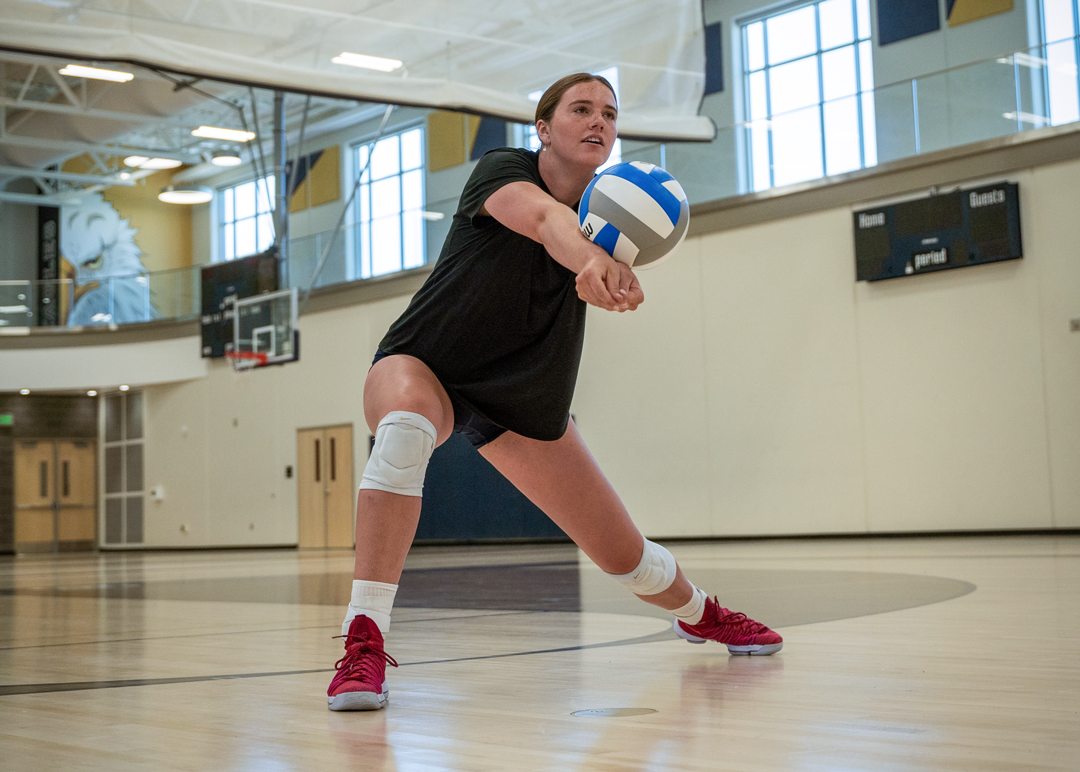
Natural court feel
The BetterGuard's lightweight design gives your foot and ankle a high range of motion for explosive jumps, powerful serves, and quick cuts. The sleek compression sock and mini-ankle stabilizer allow you to move without holding you back.
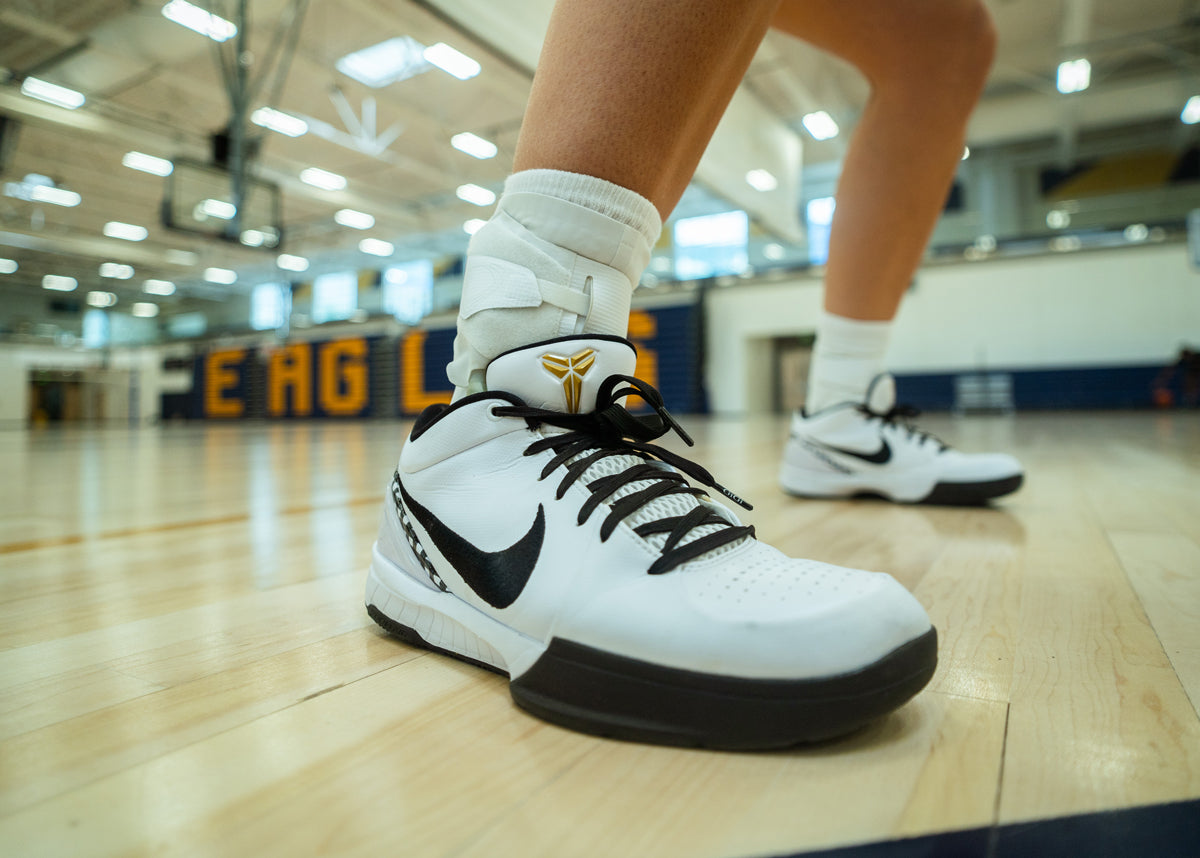
Active ankle stabilizer
The mini volleyball ankle stabilizer hidden inside subtly adjusts to provide targeted support during unexpected lateral ankle turning or twisting. It can aid in preventing lateral ankle injuries and reduce the risk of ankle sprains without compromising agility on the court.
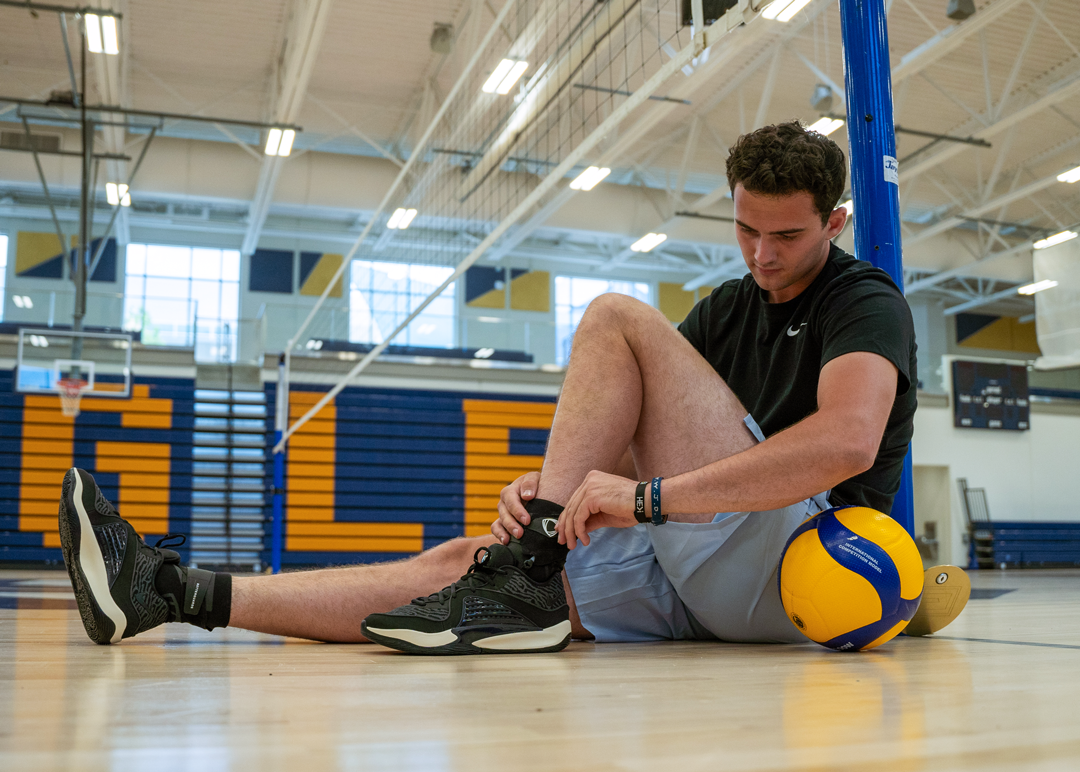
Recover faster
The BetterGuard empowers your return to the court with a high range of motion to re-build mobility, and targeted support to minimize re-injury risk throughout recovery.*
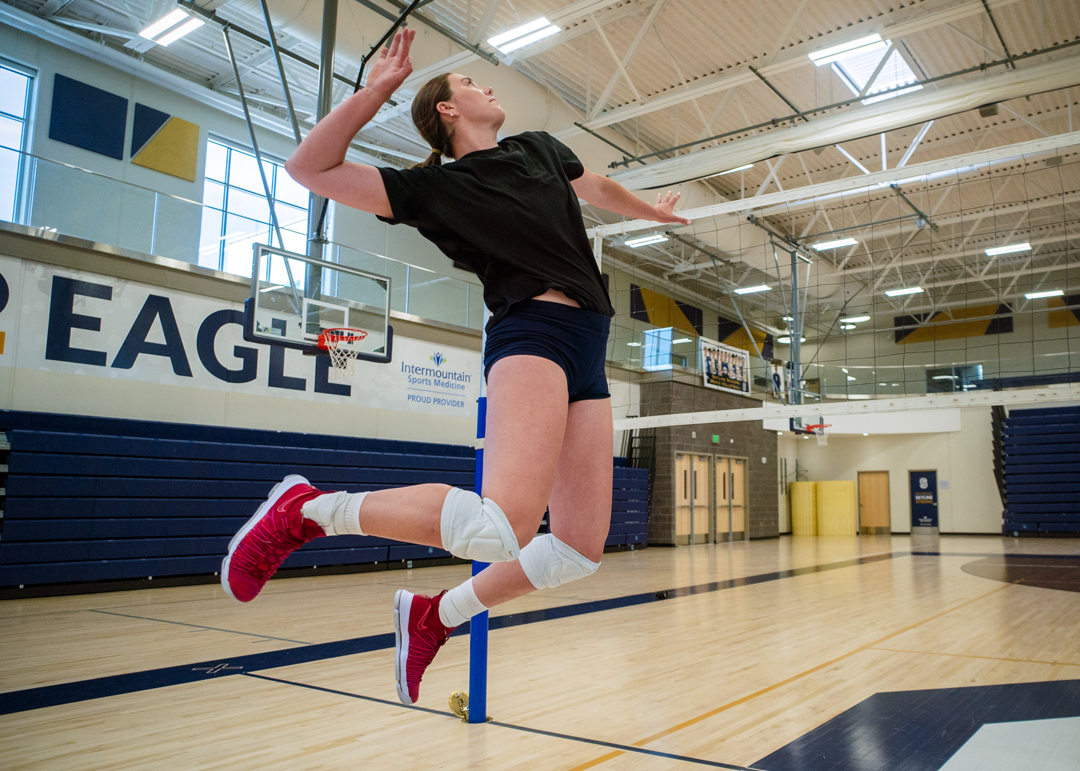
Ultra-lightweight
Wear a brace that moves freely with exceptional breathability. The BetterGuard's lightweight compression feels barely there, allowing for explosive jumps, quick transitions, and powerful attacks without weighing you down.
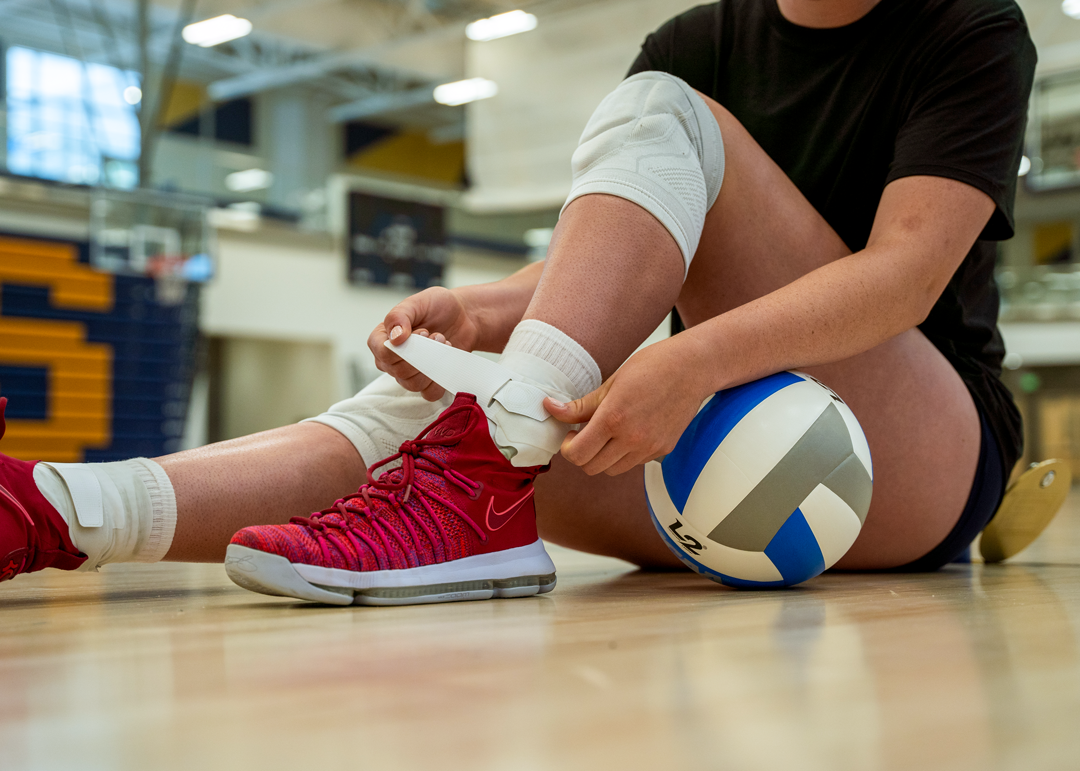
The perfect fit
The BetterGuard's innovative design seamlessly integrates with volleyball shoes. It provides the ankle support you need without the bulk of traditional braces.
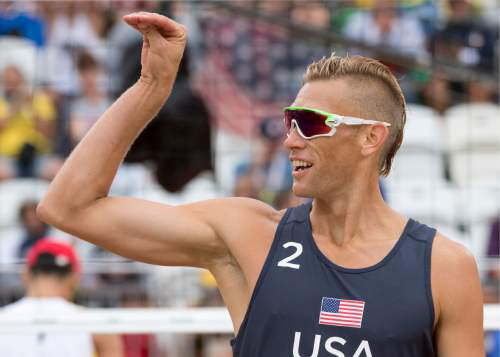
Pros use The BetterGaurd
Trusted by volleyball champions, The BetterGuard's innovative design aids in injury prevention and efficient recovery, helping you perform at your best on the court.
Volleyball ankle support created by science — loved by athletes
Thousands of athletes worldwide trust The BetterGuard to help them stay in the game.
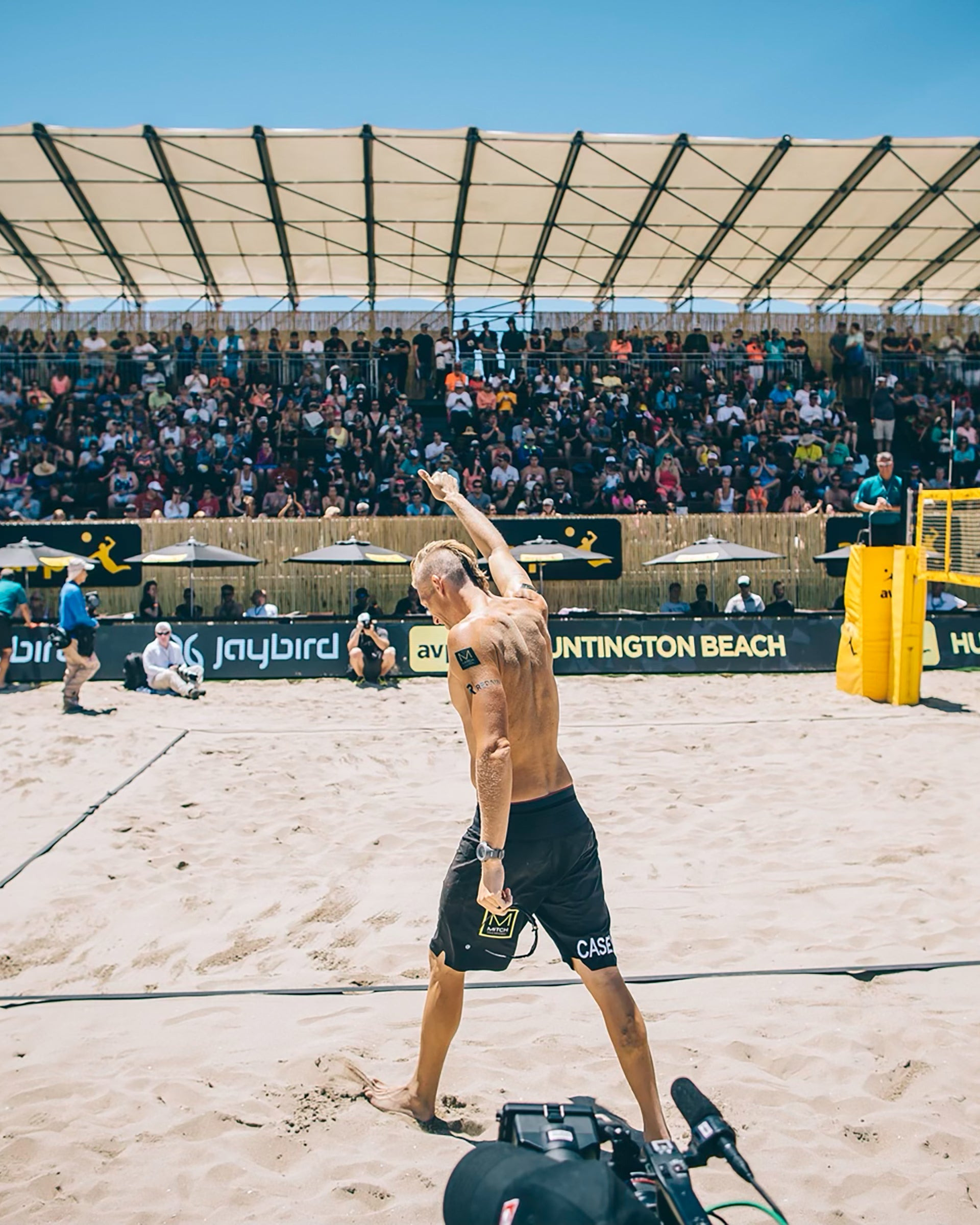
Casey Patterson
2016 USA Olympian
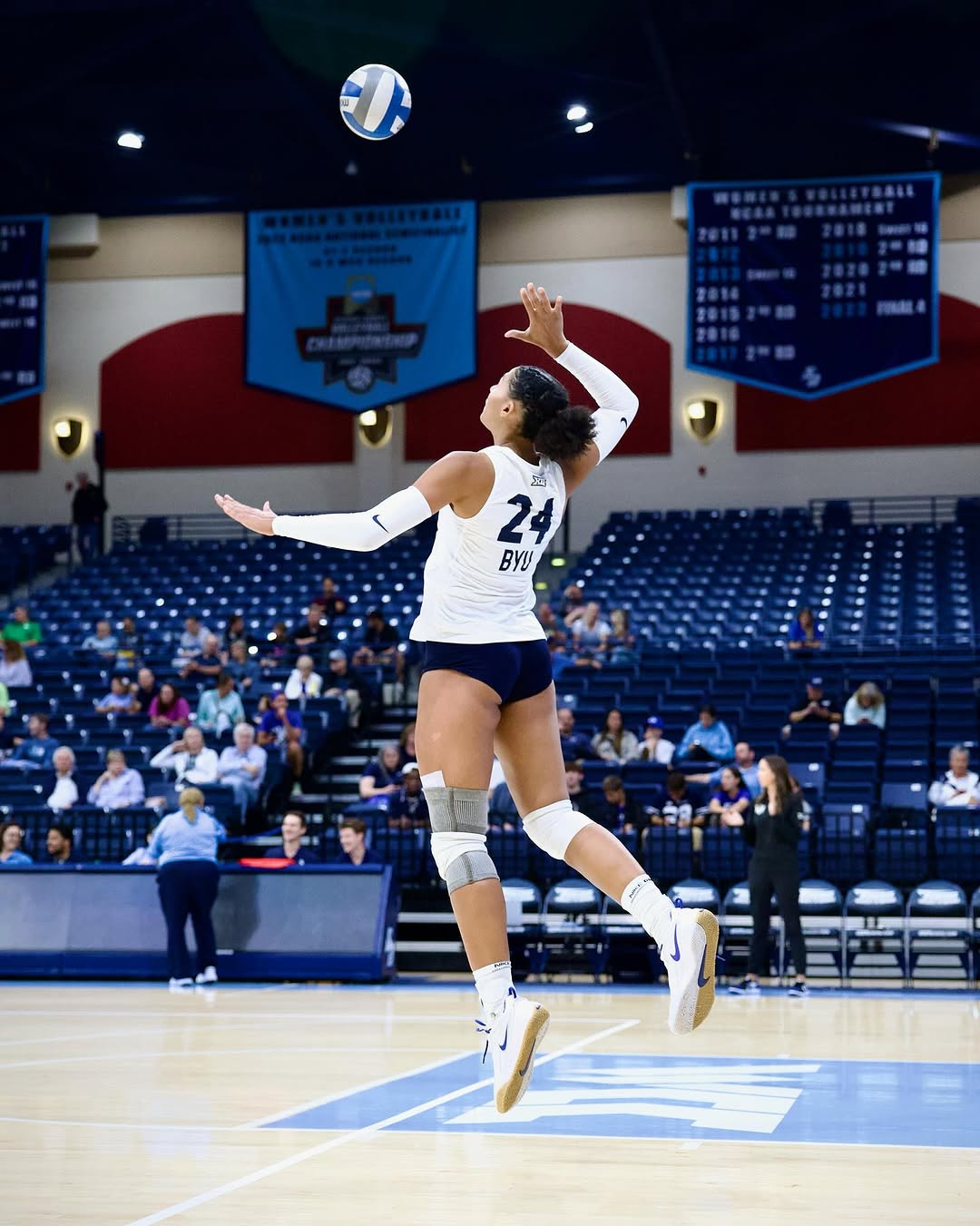
Brielle Kemavor
Middle Blocker, BYU
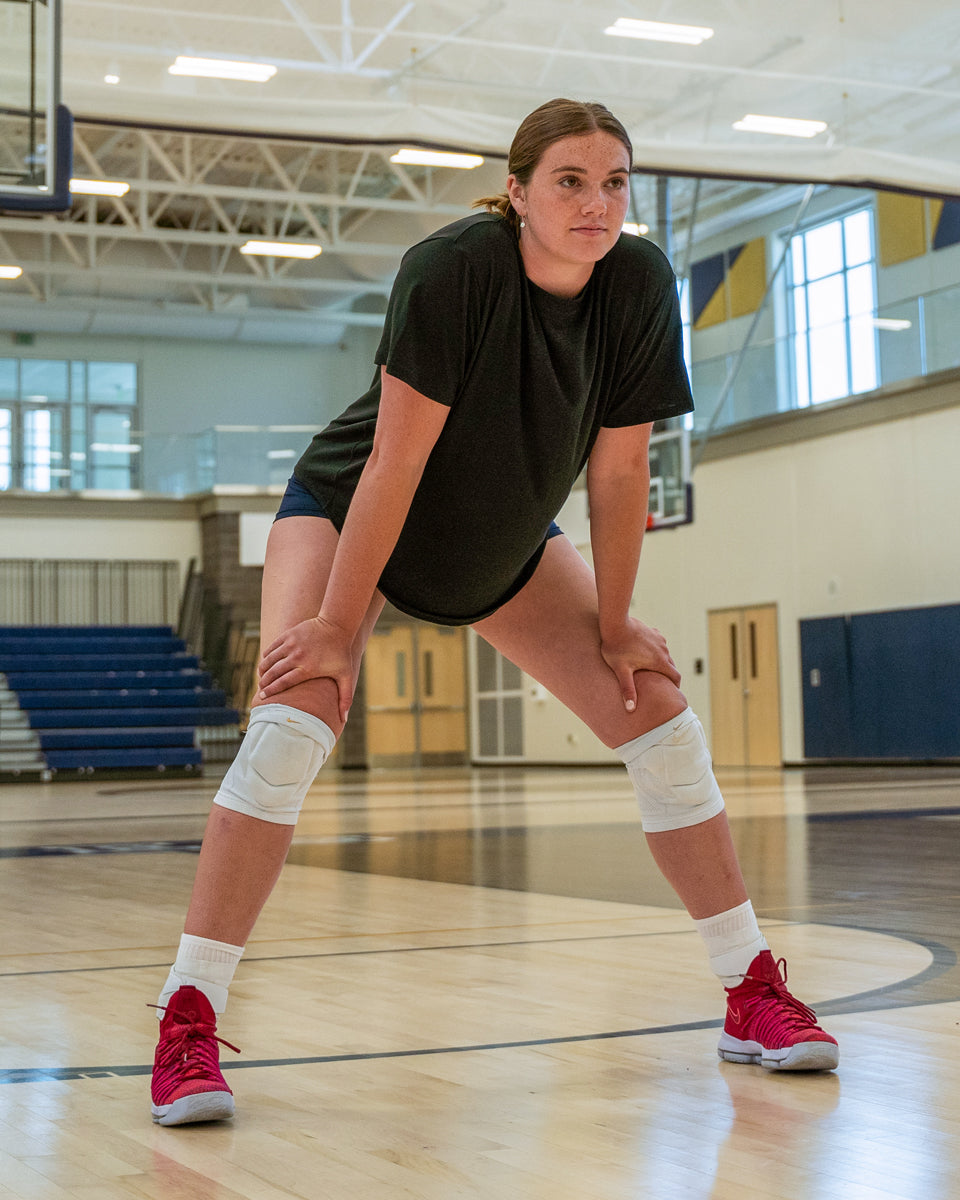
Claire Little
Outside Hitter, BYU
Frequently asked questions (FAQs)
Should volleyball players wear ankle braces?
Ankle braces can be beneficial volleyball players and can aid in injury prevention and ankle sprain recovery. Ankle sprains are the most common injury in volleyball, with volleyball ankle sprains accounting for up to 41% of all injuries. That's why many volleyball players wear ankle support that can ankle braces, so they can spend more time on the court and less time worrying about injuries.
What are the best ankle braces for volleyball?
Good ankle braces for volleyball should allow for freedom of movement and need to integrate with your existing footwear. The BetterGuard's innovative design integrates seamlessly with low-cut volleyball shoes, allowing for a high range of motion that won't hinder your performance. Whether you're a seasoned competitor or just starting, The BetterGuard can be a trusted partner for optimal performance on the court.
How can I maintain active ankles in volleyball?
Many volleyball players rely on ankle braces due to the sport's dynamic movements, including explosive jumps, quick changes of direction, and powerful landings, all of which can put excessive stress on your ankles. Unfortunately, traditional ankle braces are known for being bulky and restrictive. The BetterGuard's innovative design with an active ankle stabilizer provides targeted support that adapts to your movements. This helps minimize the risk of ankle sprains without compromising your agility, allowing you to perform at your best on the court.
How to recover quickly from a sprained ankle in volleyball?
Ankle sprains require proper healing to prevent further injury and ensure a safe return to the court. While The BetterGuard can offer support during recovery, consulting a healthcare professional is crucial for a personalized treatment plan. They can recommend the best course of action for your sprain, likely including the RICE protocol (Rest, Ice, Compression, Elevation) in the initial stages.
For long-term recovery, physical therapy can be instrumental in regaining strength, flexibility, and stability in your ankle. This may involve exercises focusing on range of motion, balance, and proprioception (your body's awareness of joint position). Additionally, incorporating specific strength training exercises for the muscles around your ankle joint can significantly enhance stability and reduce the risk of future sprains. The BetterGuard can be a valuable tool to gradually re-introduce support as you progress through your recovery program and return to playing volleyball confidently.
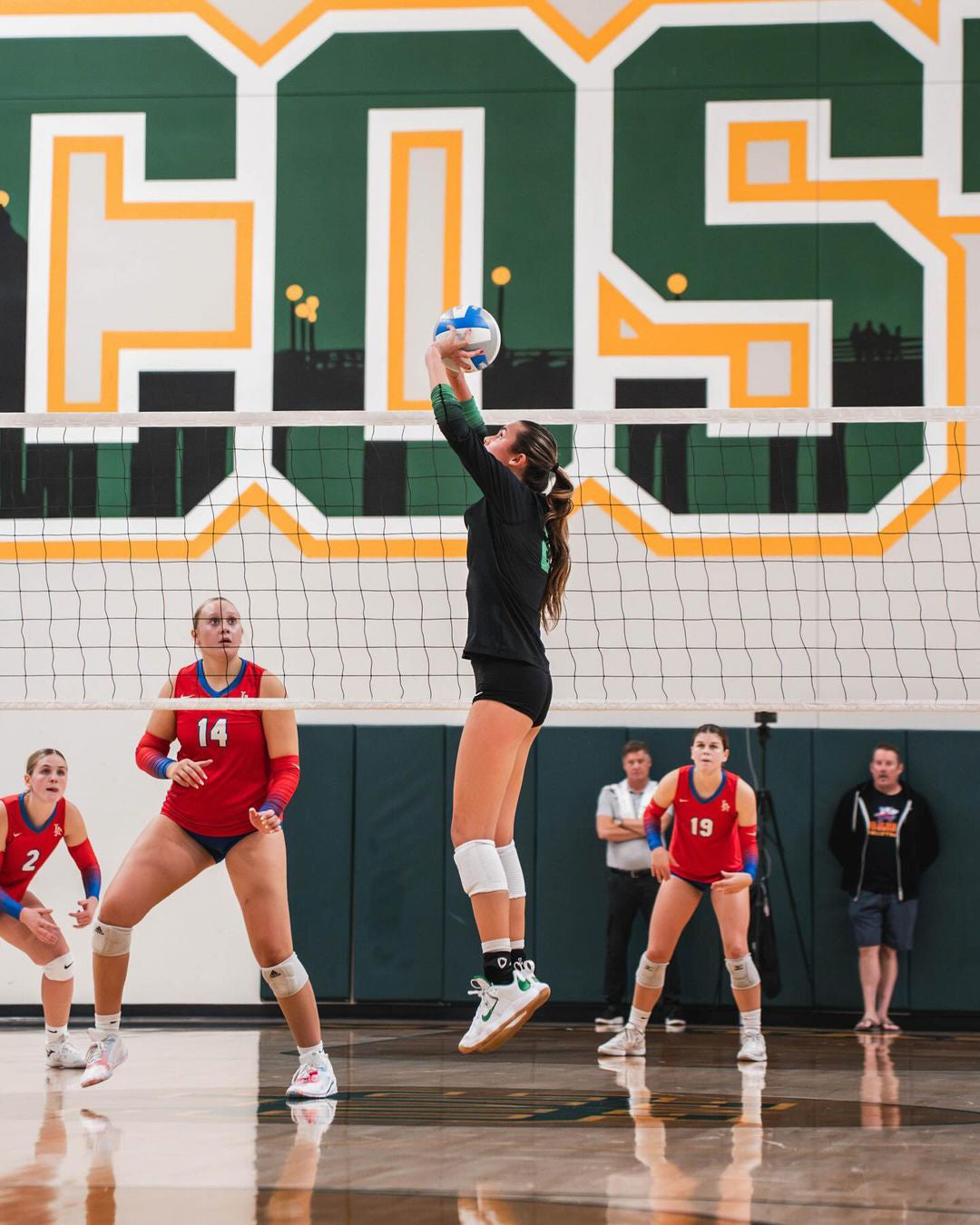
Own the court. Fearlessly.
Experience the freedom of movement and exceptional support you deserve. The BetterGuard seamlessly integrates with your game, allowing you to focus on what truly matters: peak performance on the court.
SHOP NOWGet inspired
Get the latest news, training and education hub, and partner updates from Betterguards.
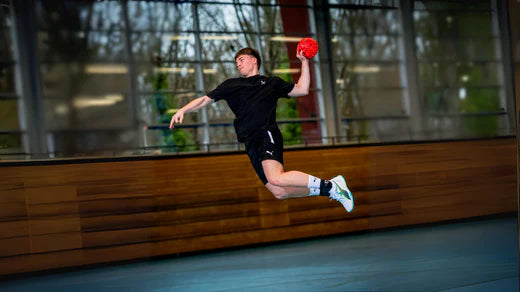
Nils Lichtlein at the 2024 European Handball Championships with The BetterGuard
Nils has been a tester of our Betterguards system for many years. He was there when we tested our first prototype in cooperation with Füchse Berlin. It was clear to him that the innovative technol...
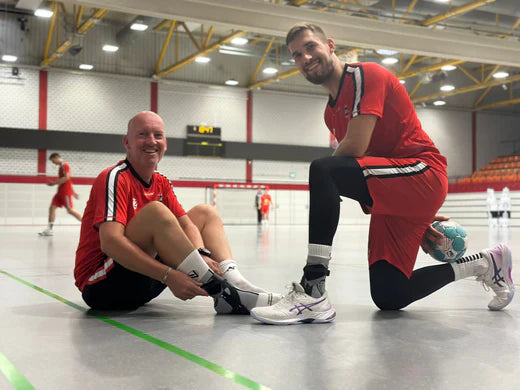
Review: The BetterGuard a Game Changer in Injury Prevention?
"As soon as active stability is trained again and when you go back to the field and in the preventative area, The BetterGuard is undoubtedly a game-changer. This is where The BetterGuard can fully ...
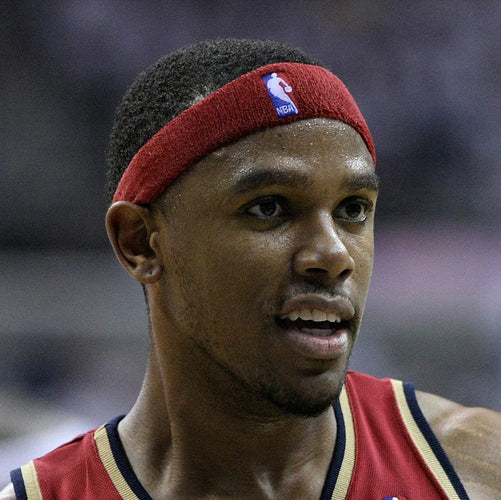
Daniel “Booby” Gibson and our ankle brace for basketball
"The fact that the product is so comfortable to wear makes it so perfect solution for use in professional sports . Because as an athlete you want a product that... does not limit its performance ."
*Comparison of an adaptive ankle brace to conventional taping for rehabilitation of acute ankle injury in young sub-elite soccer players: a pilot study, Krobholz D et al. Accepted for publication by JSR
